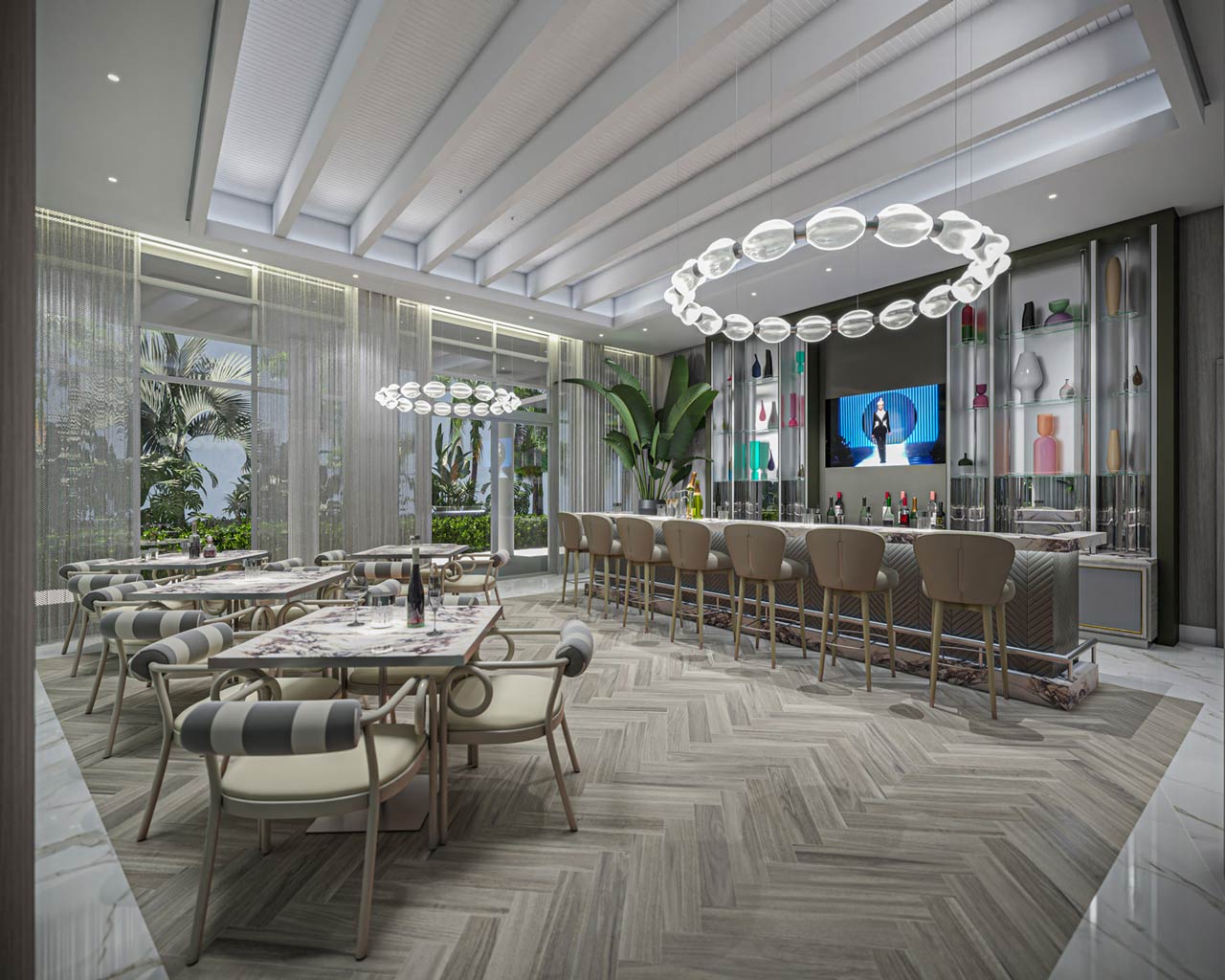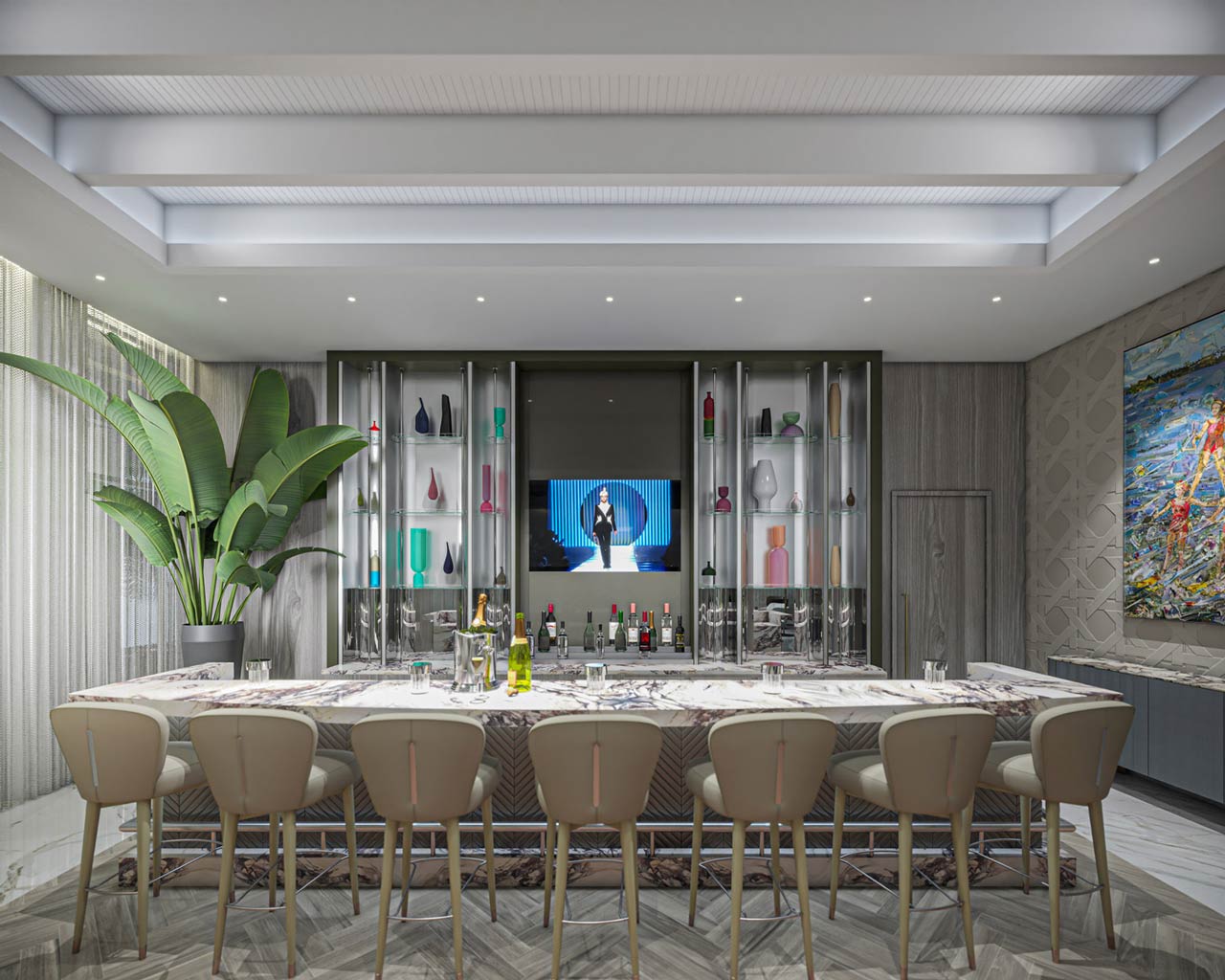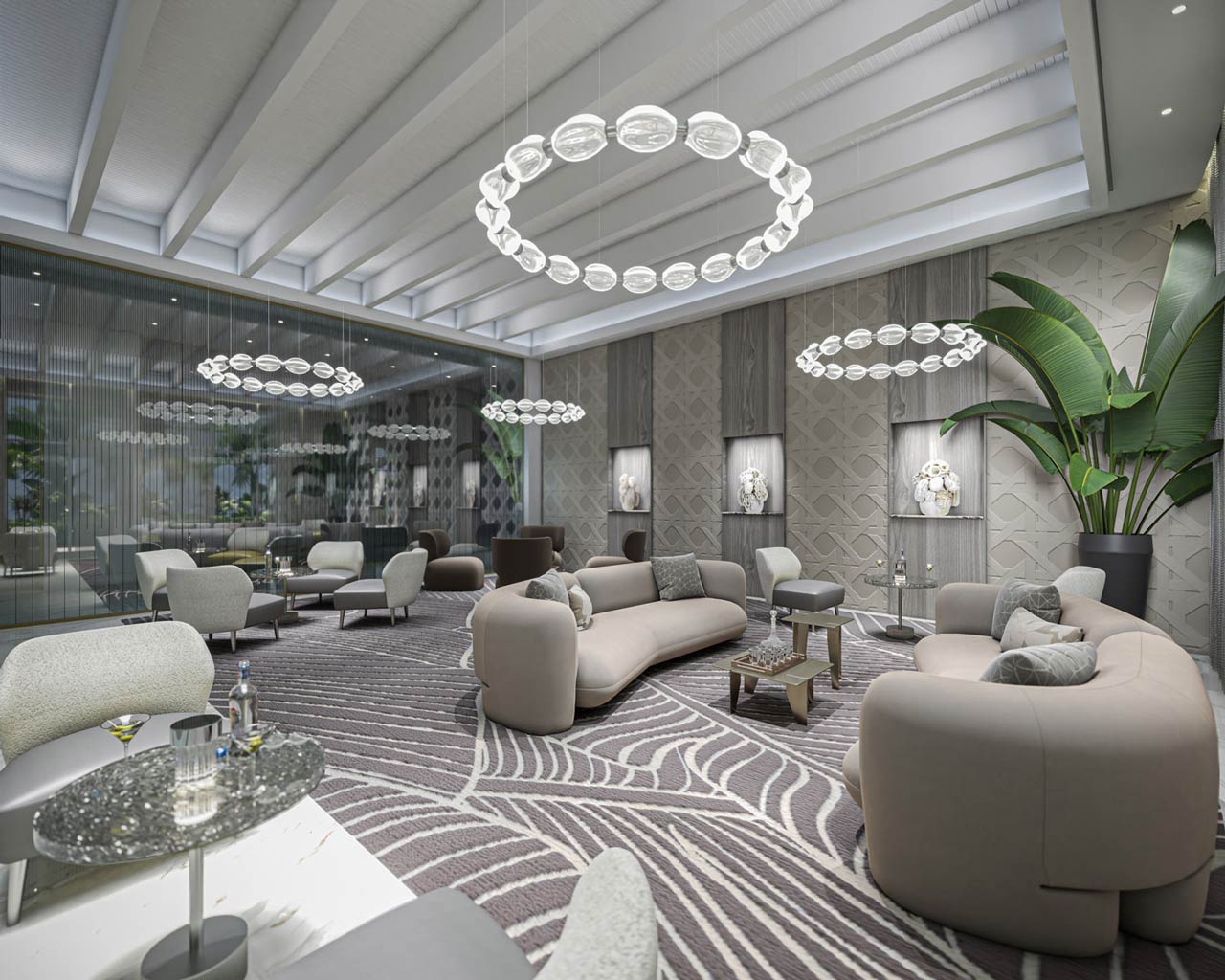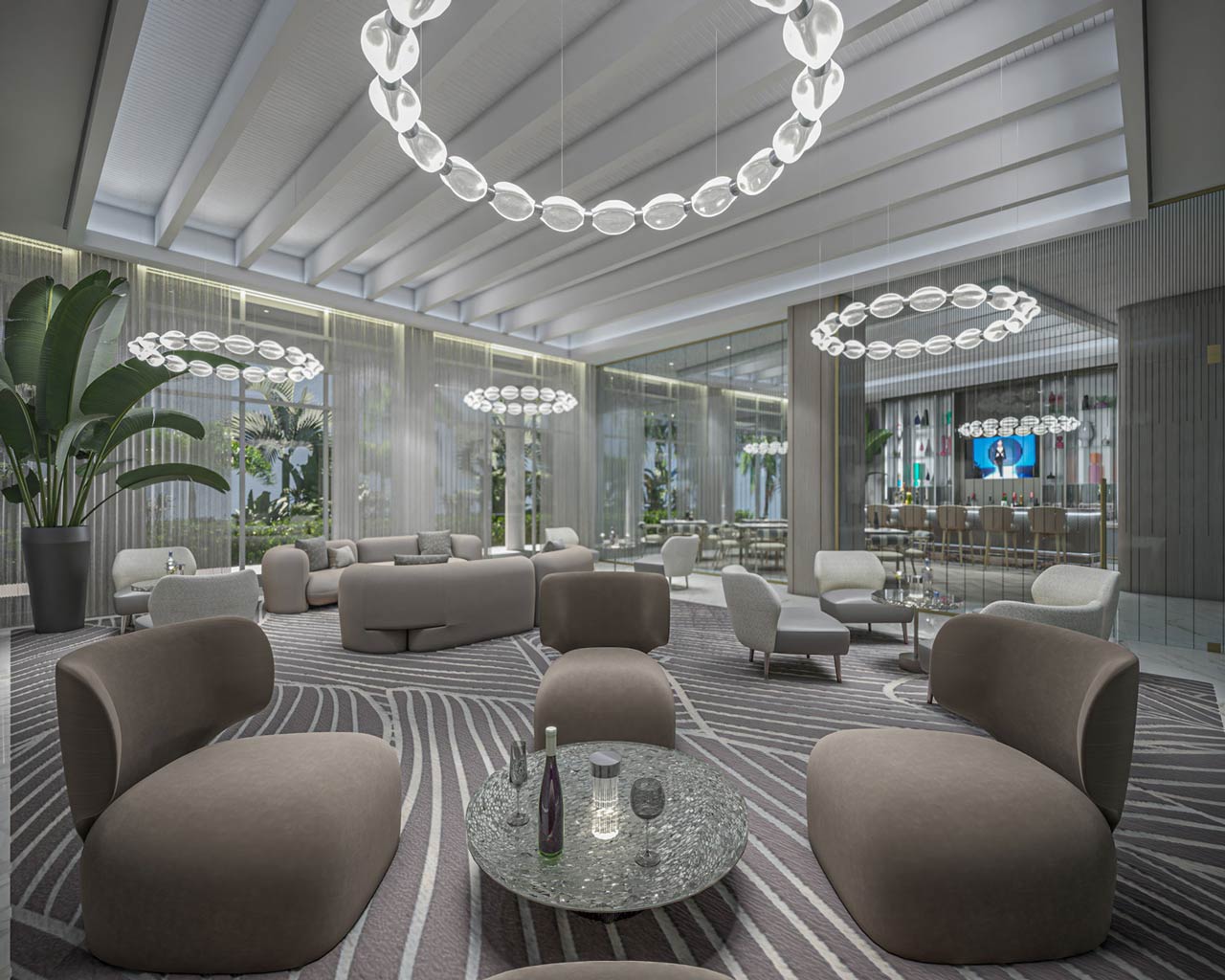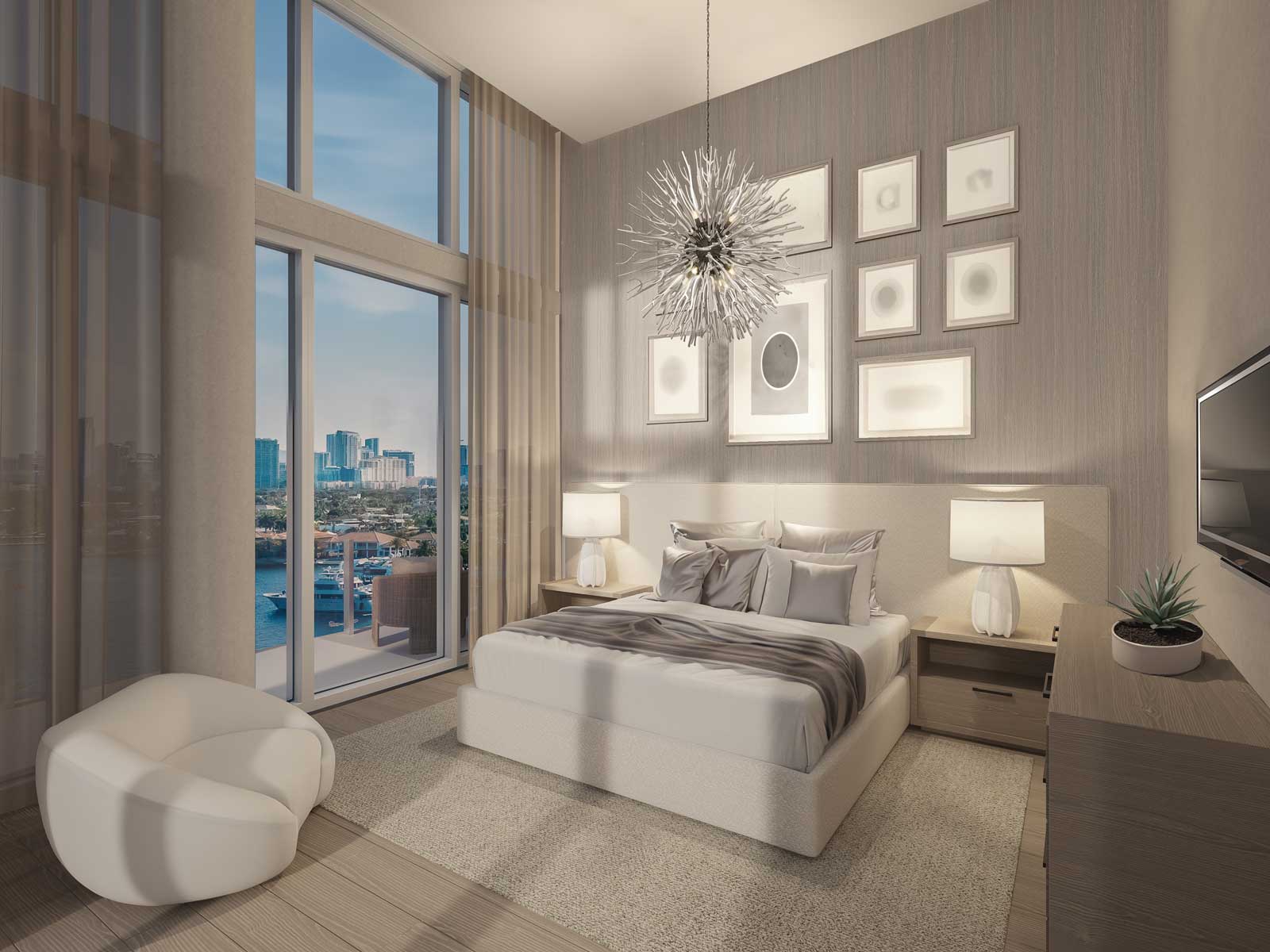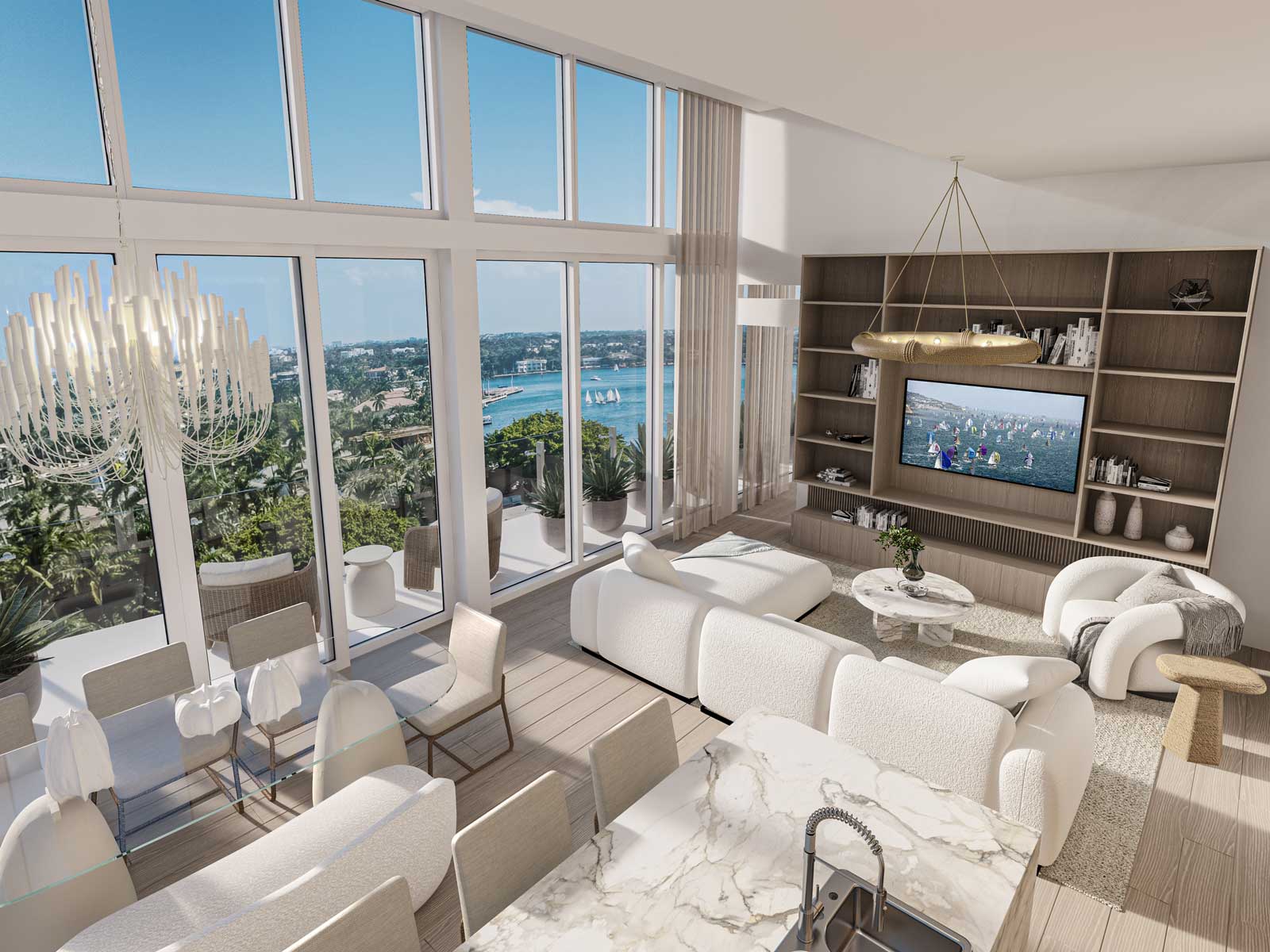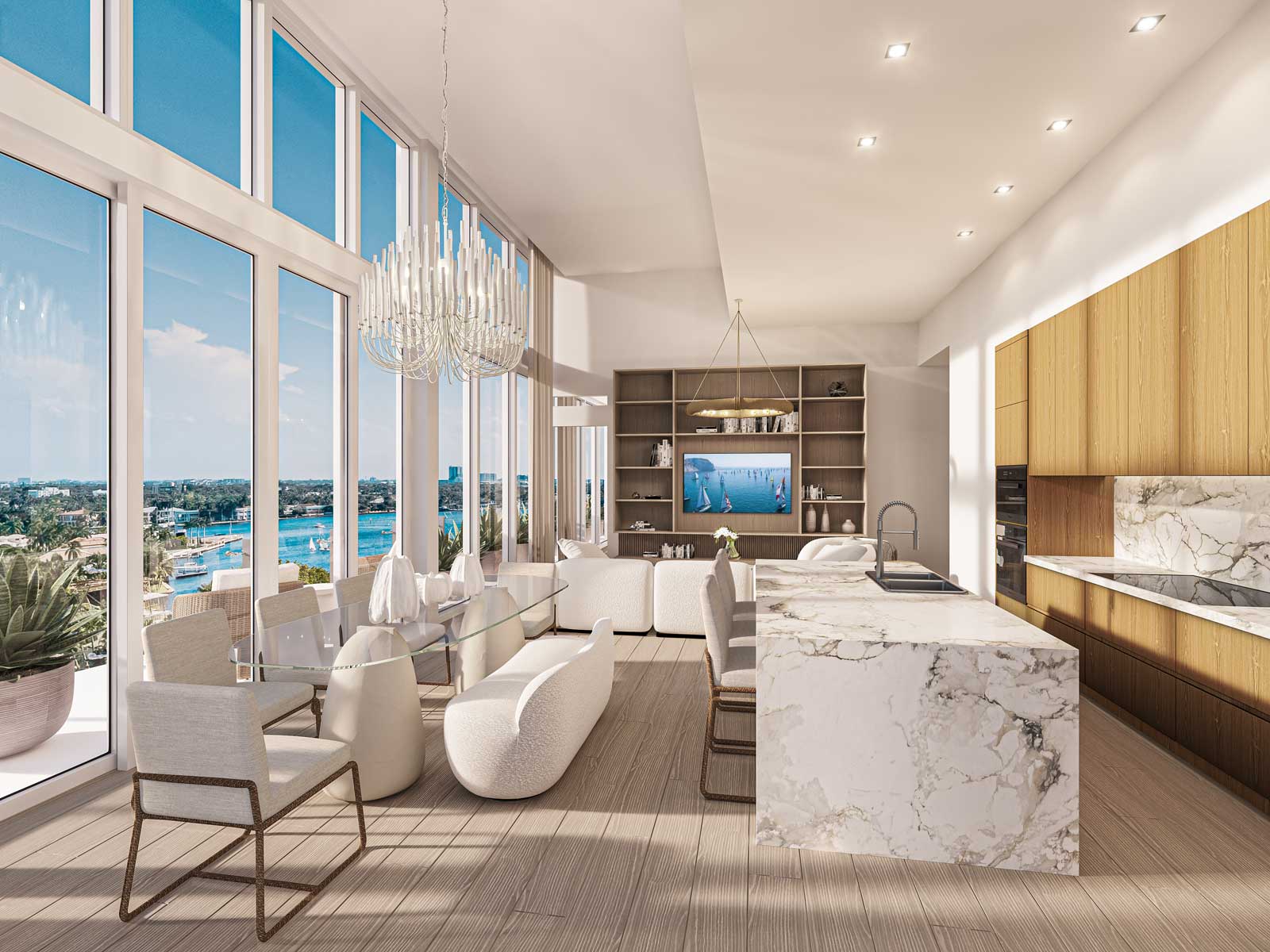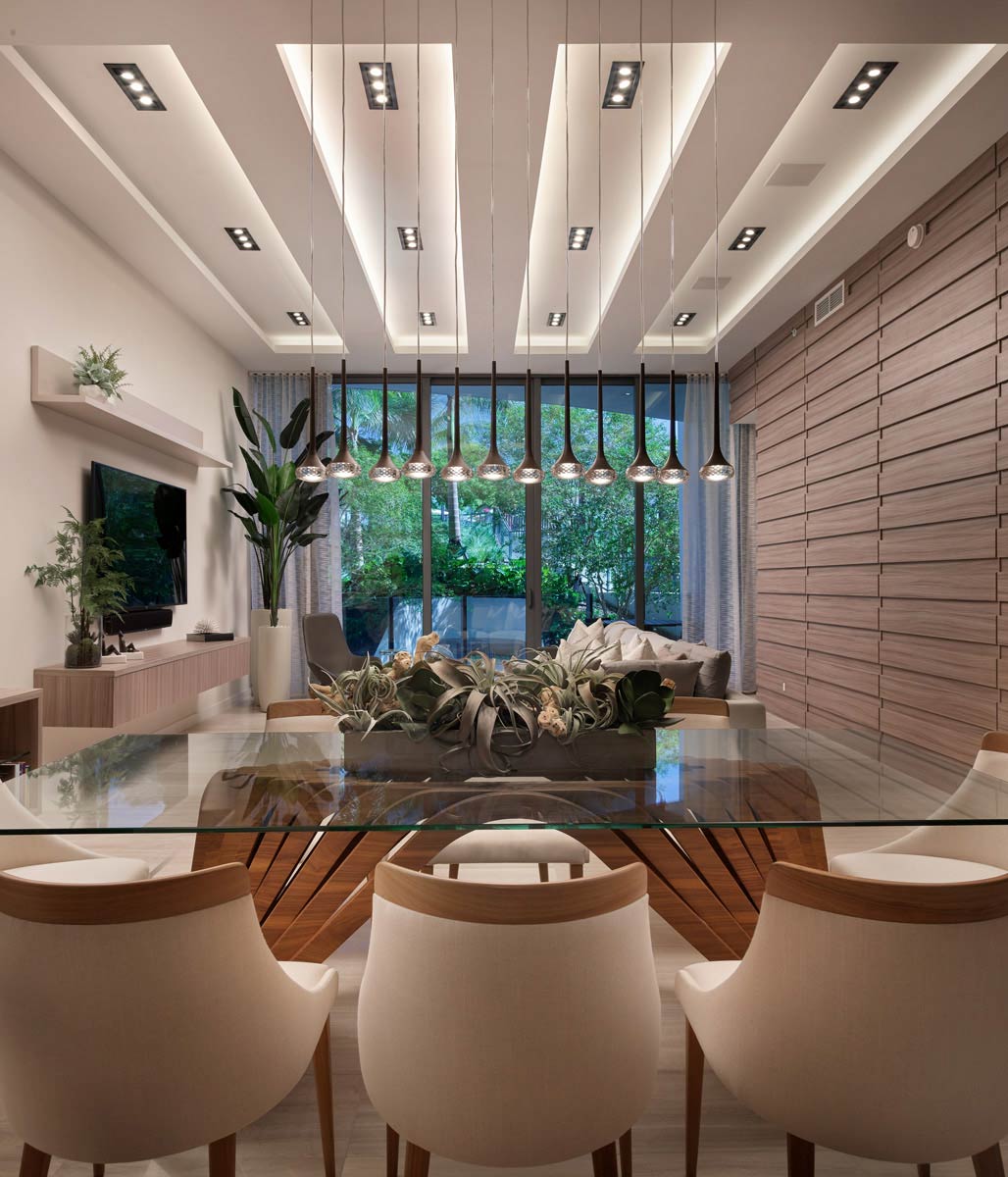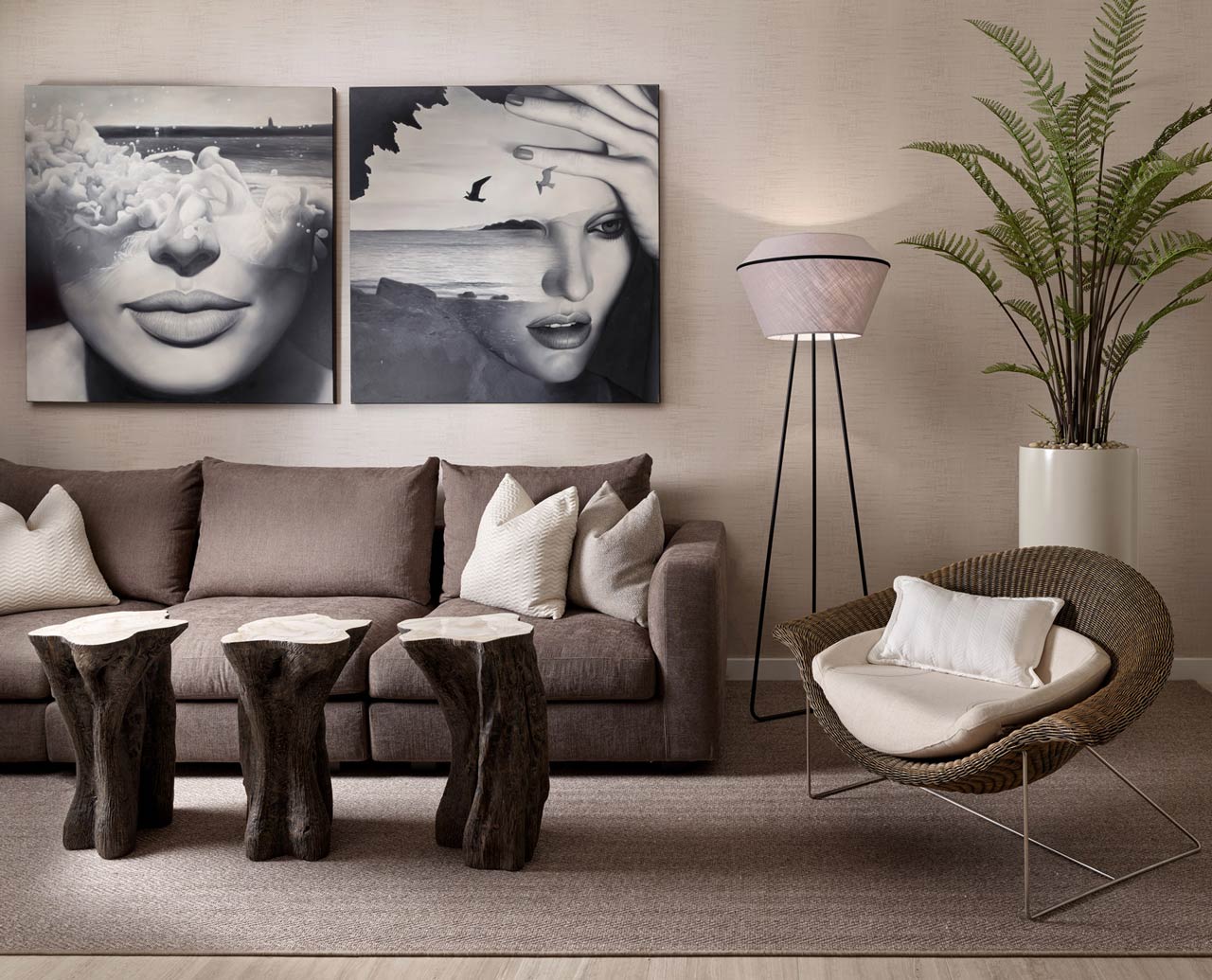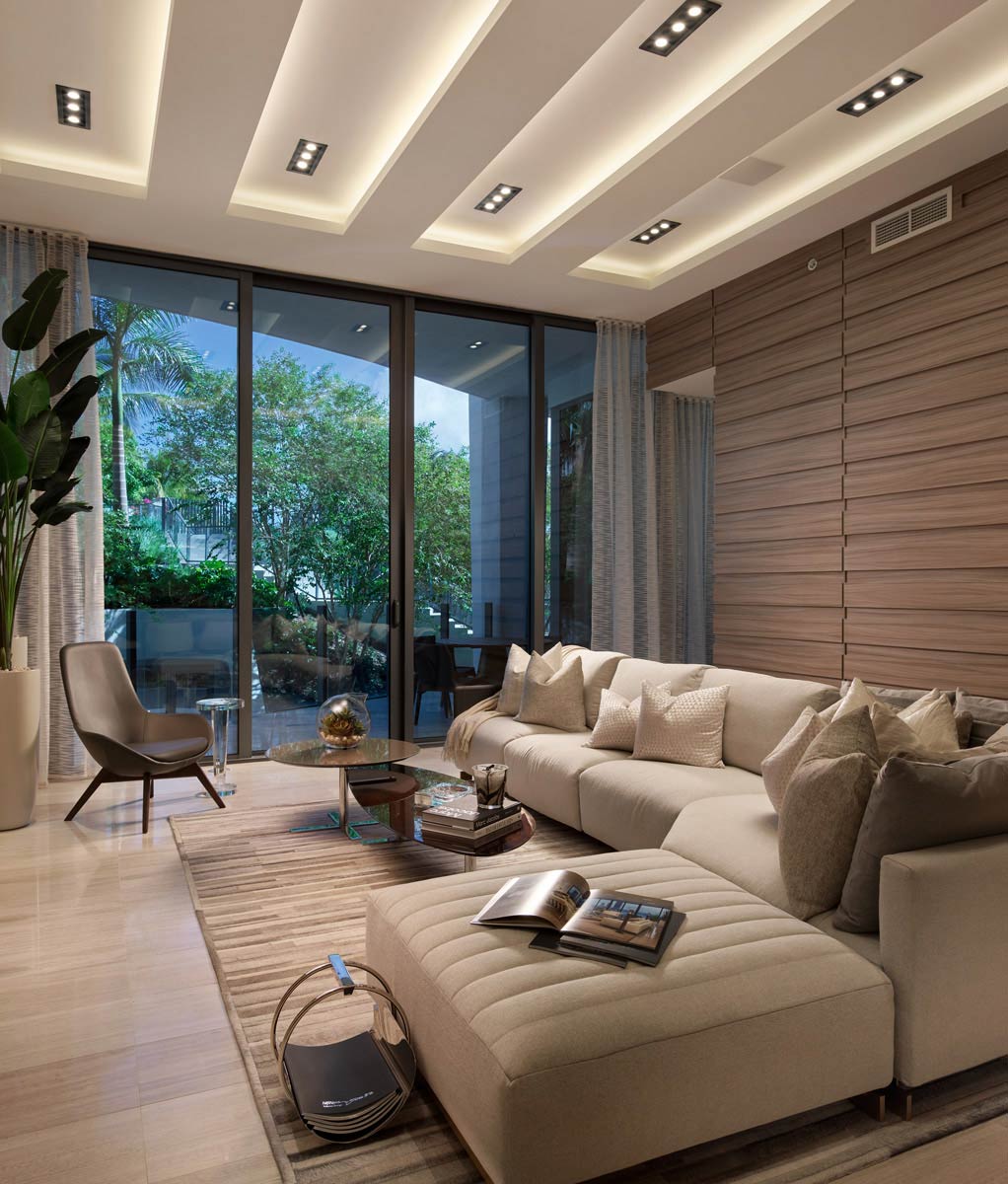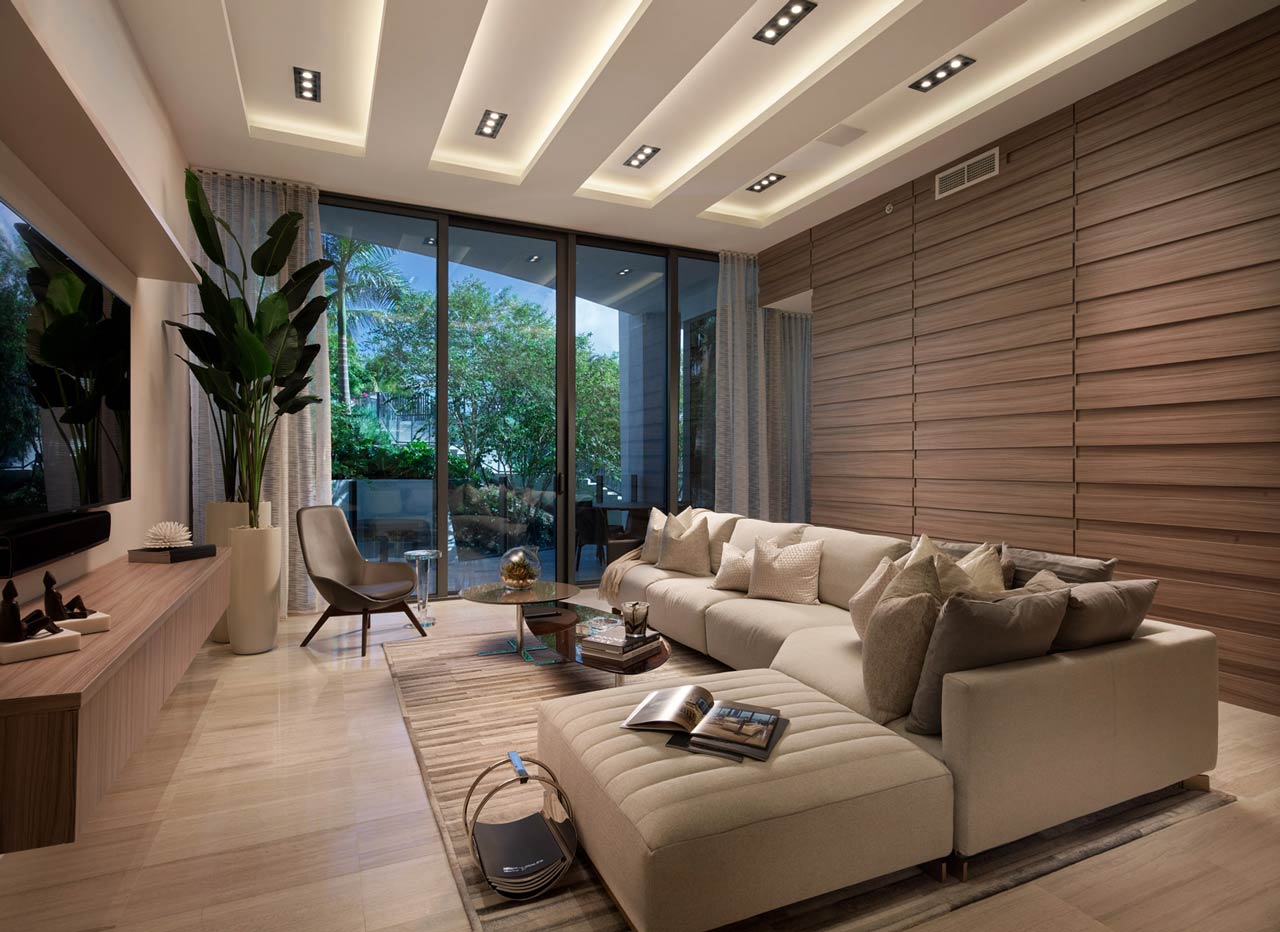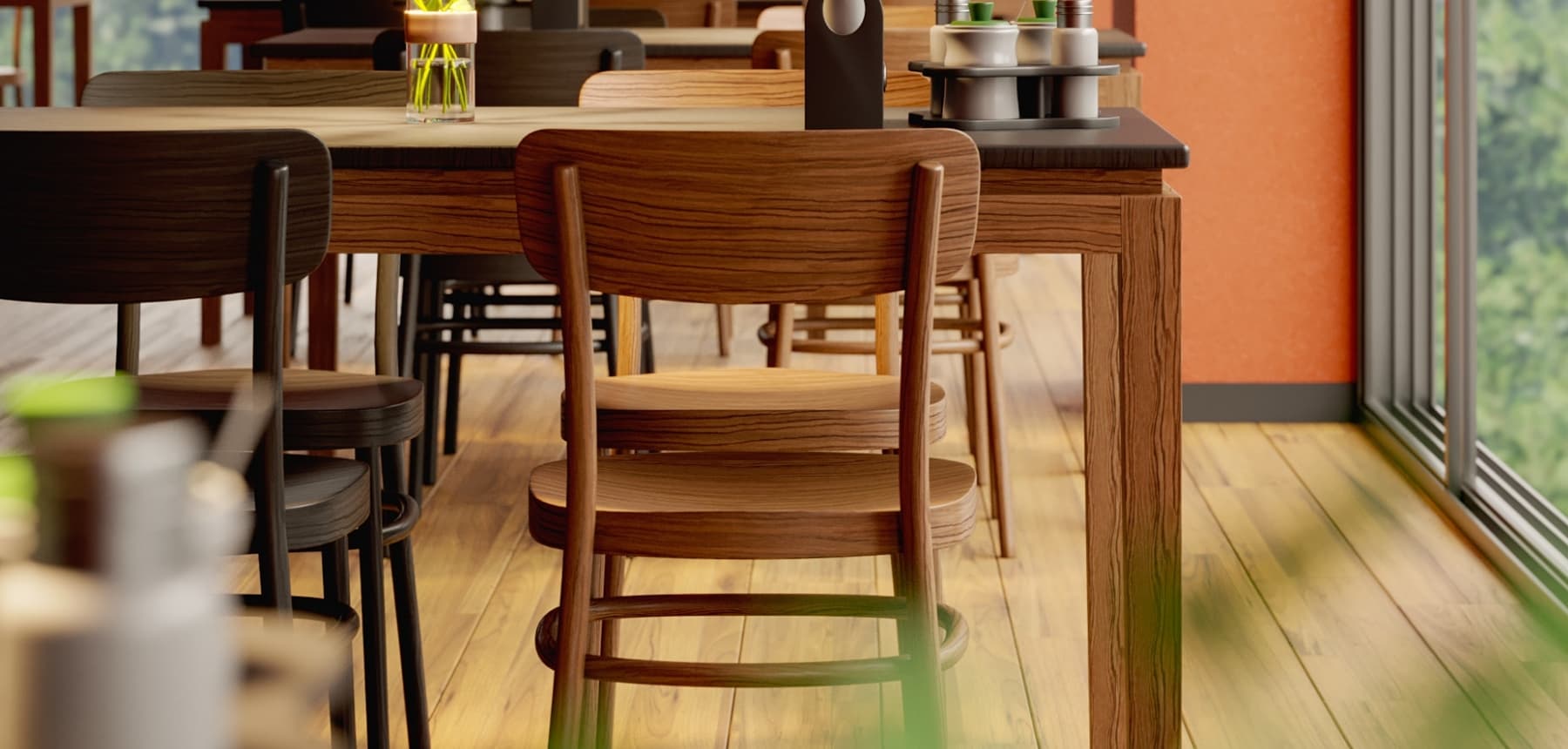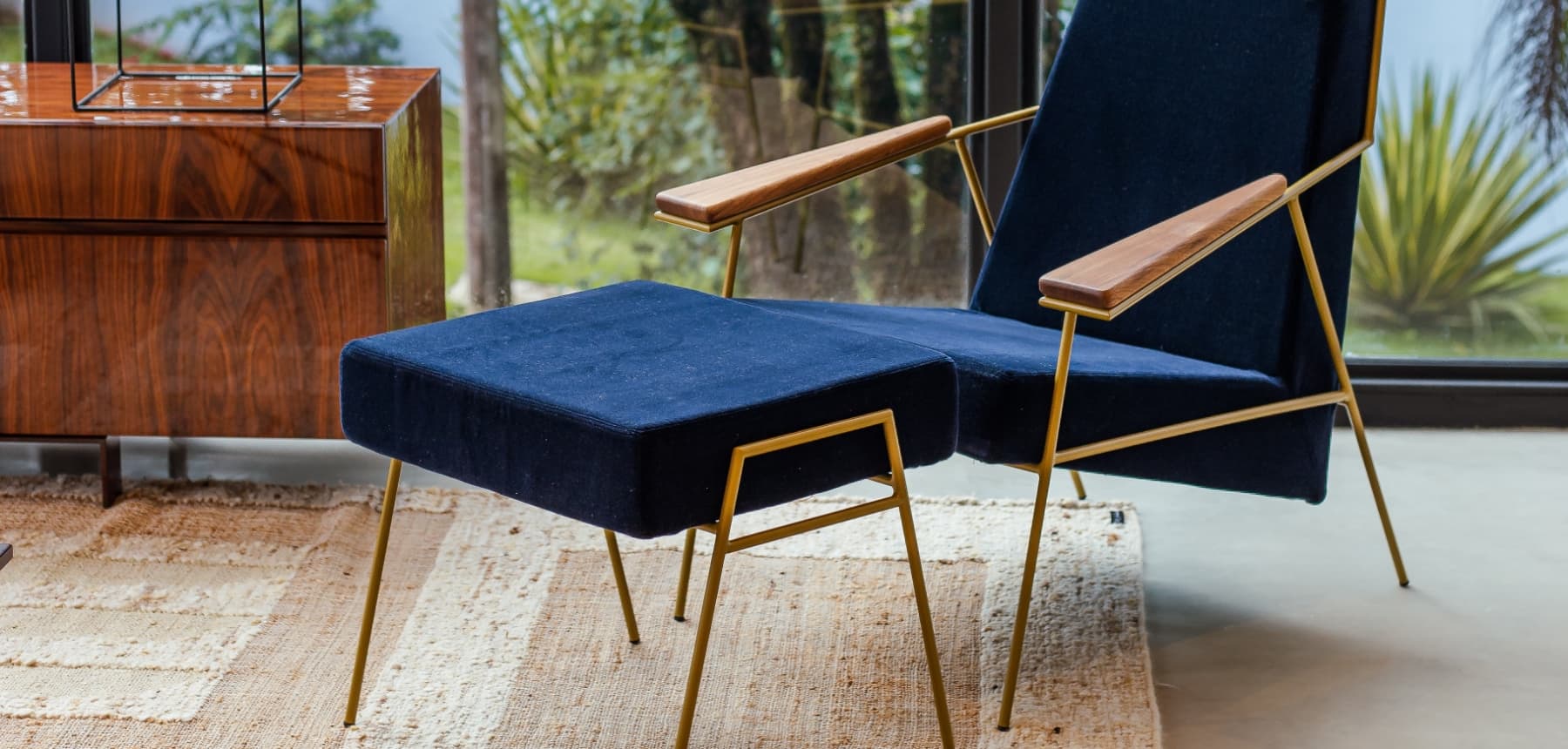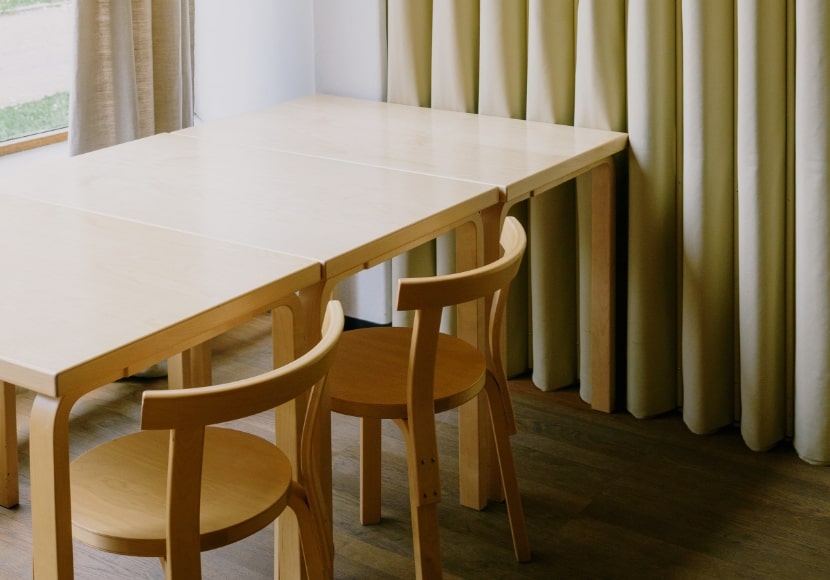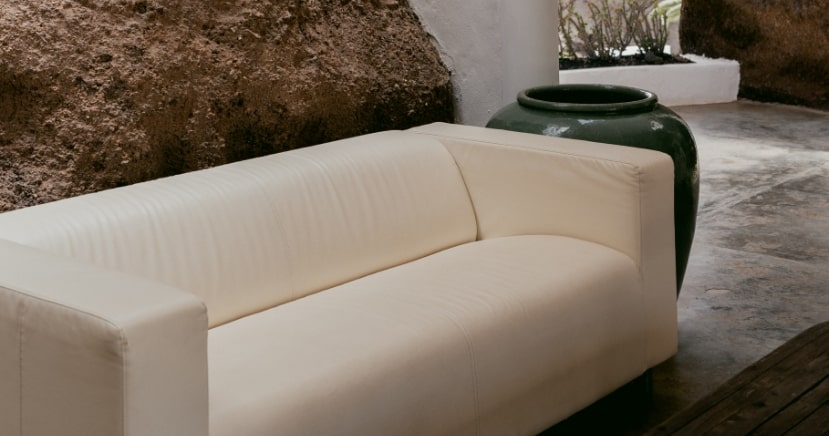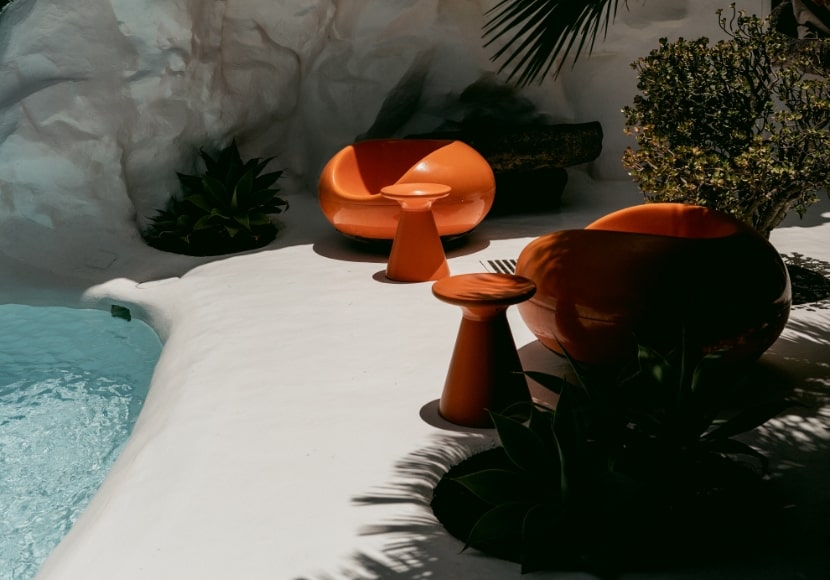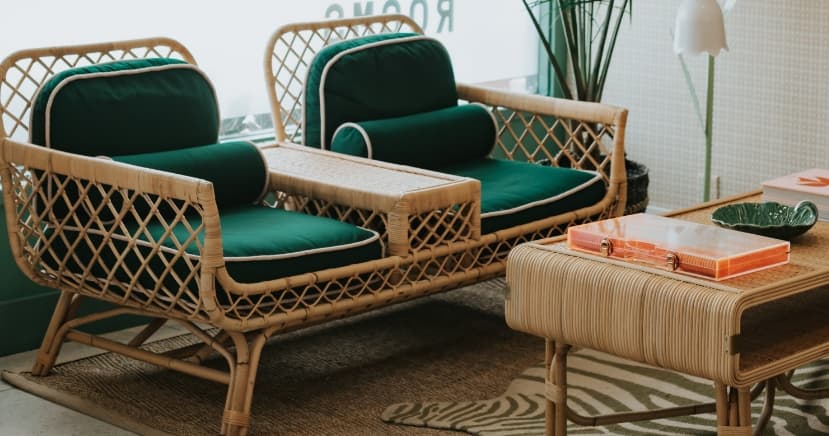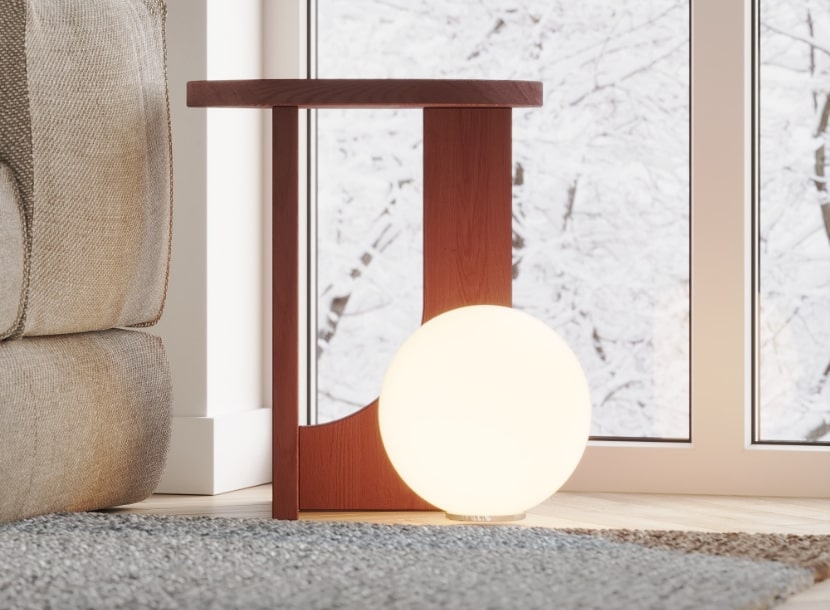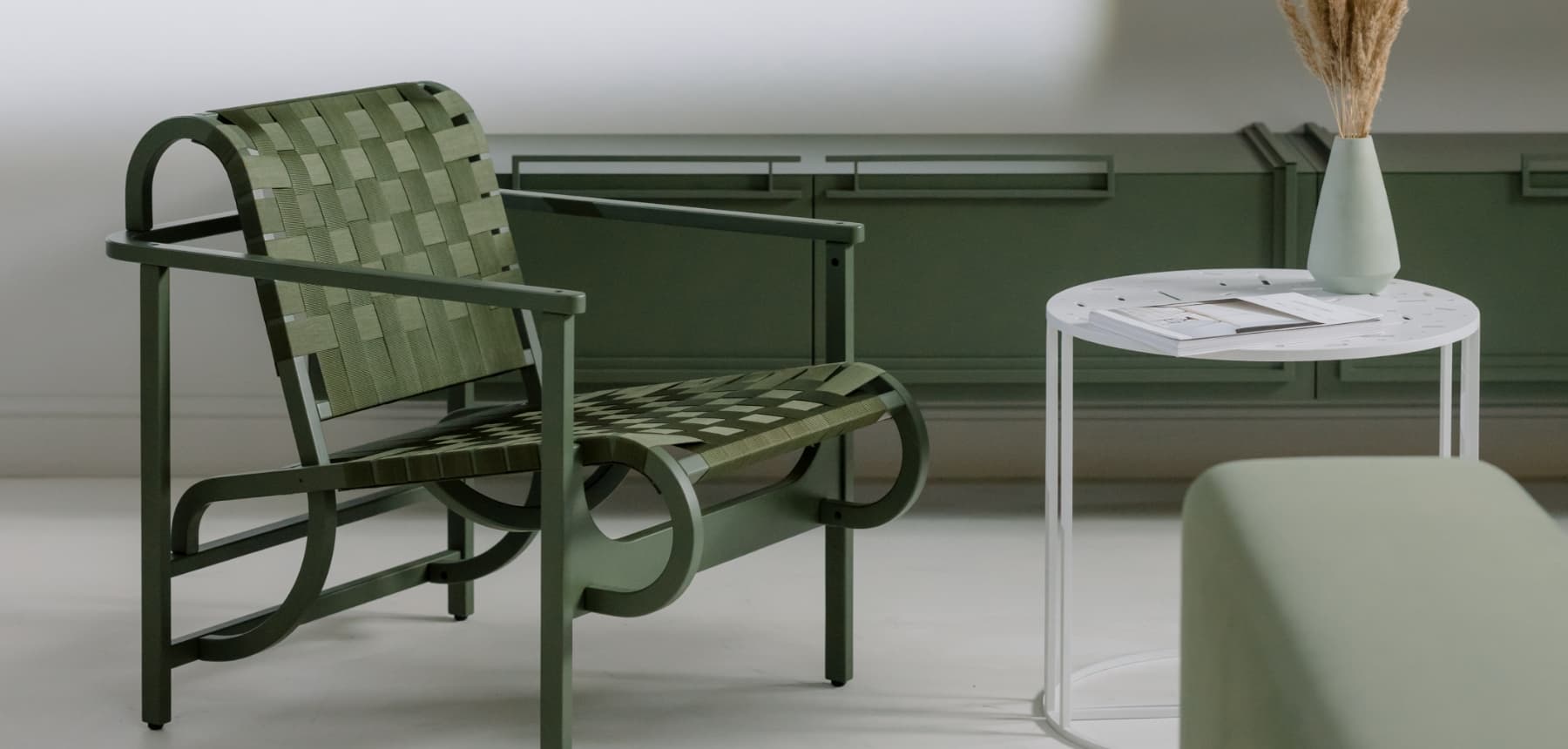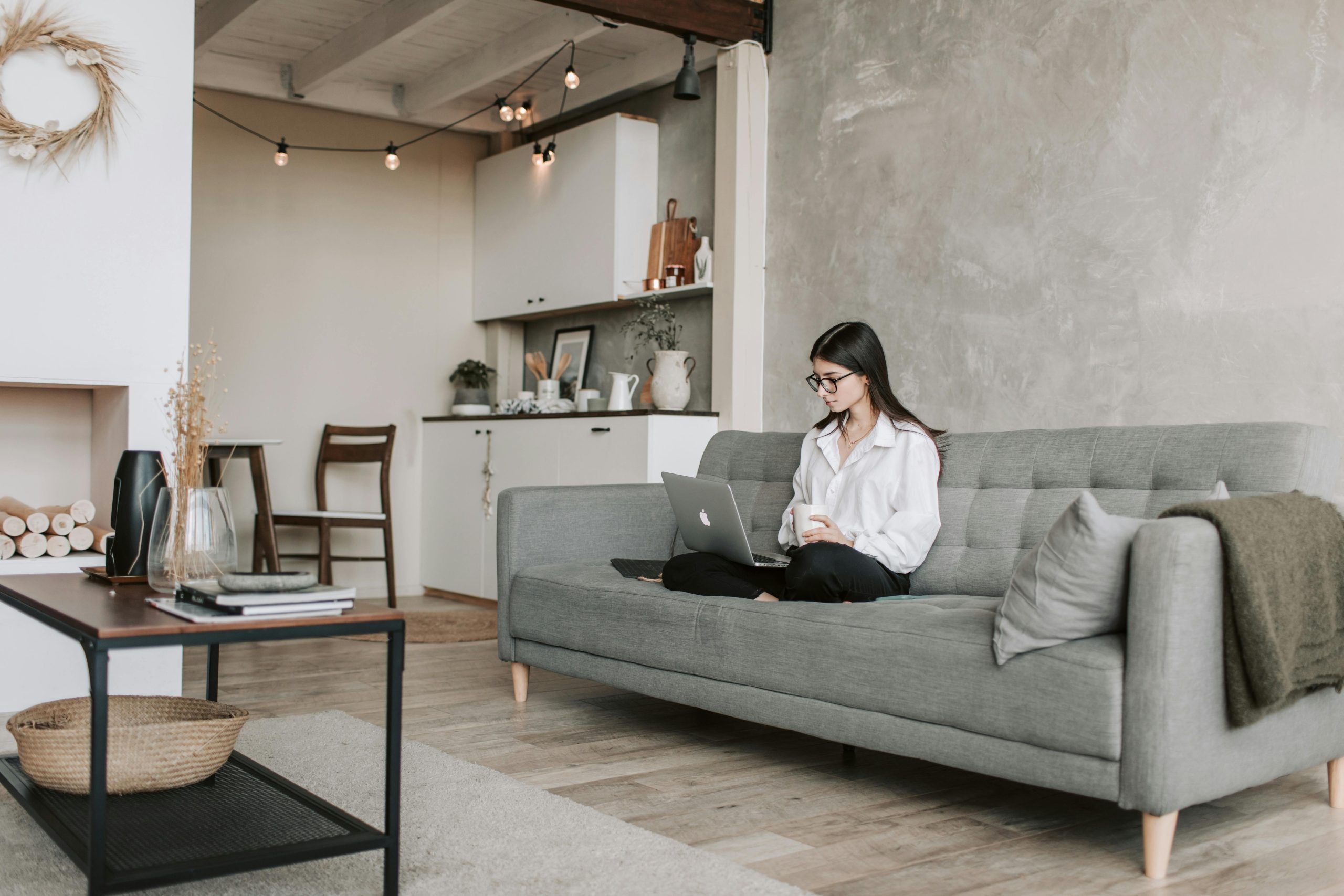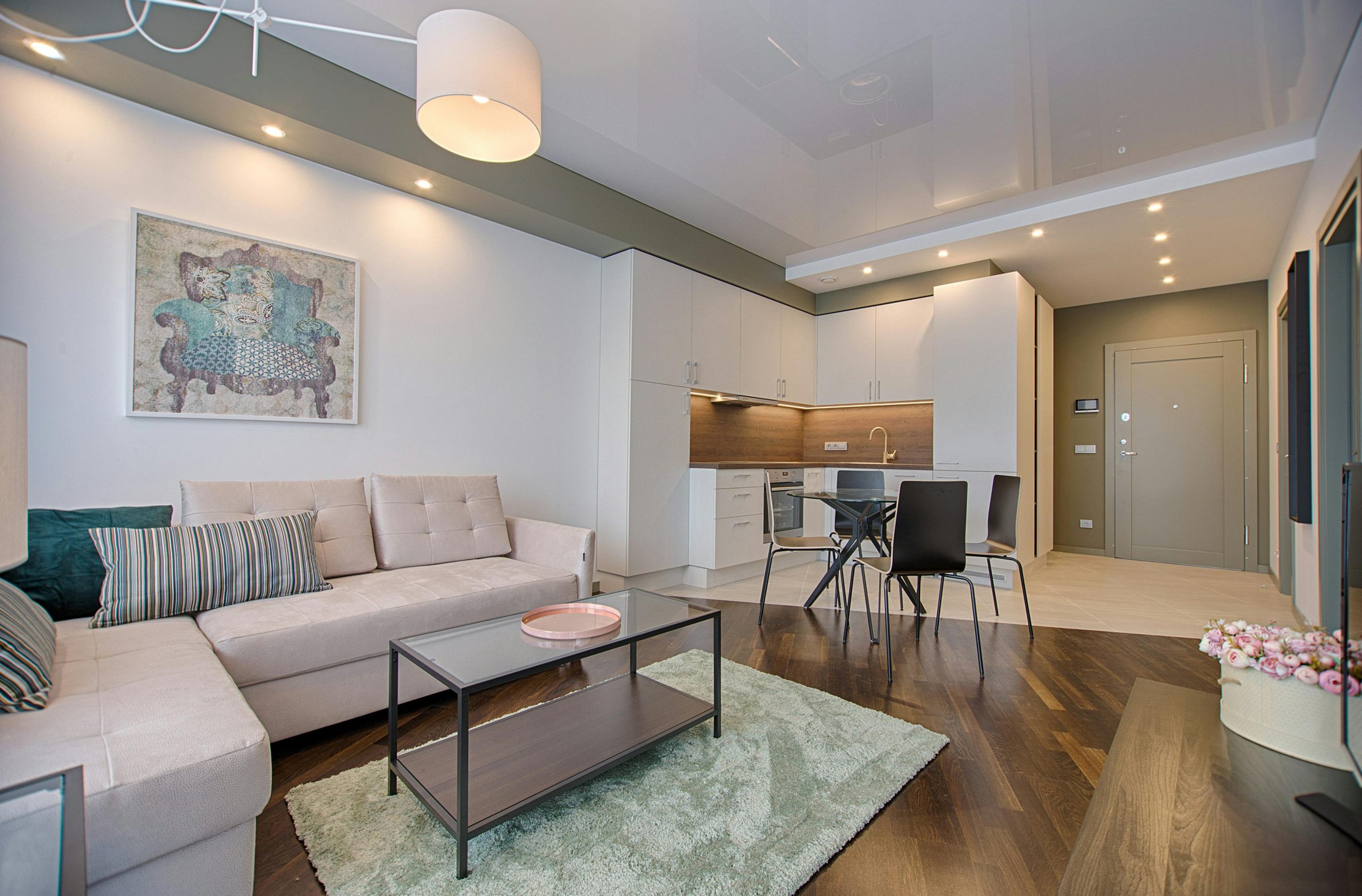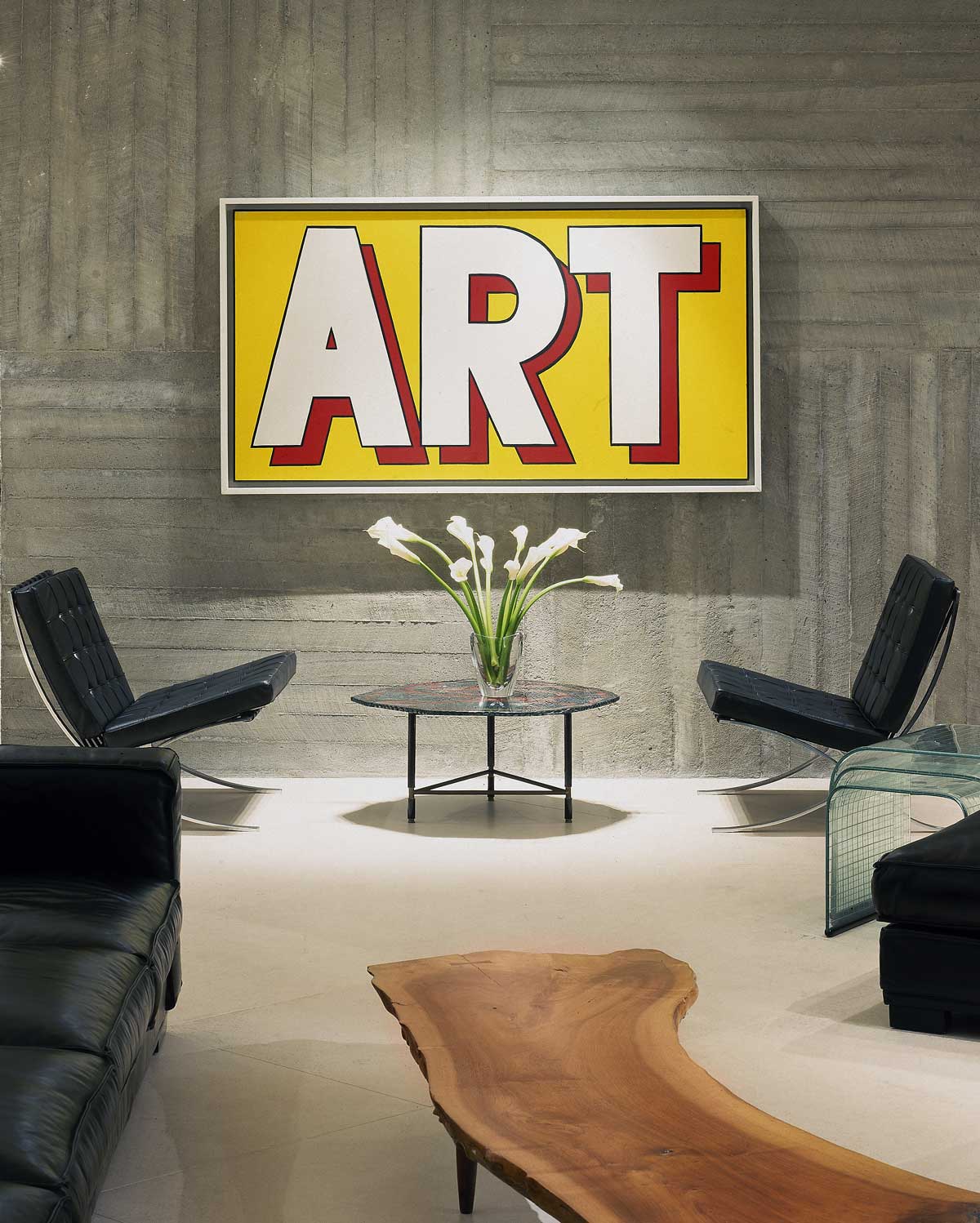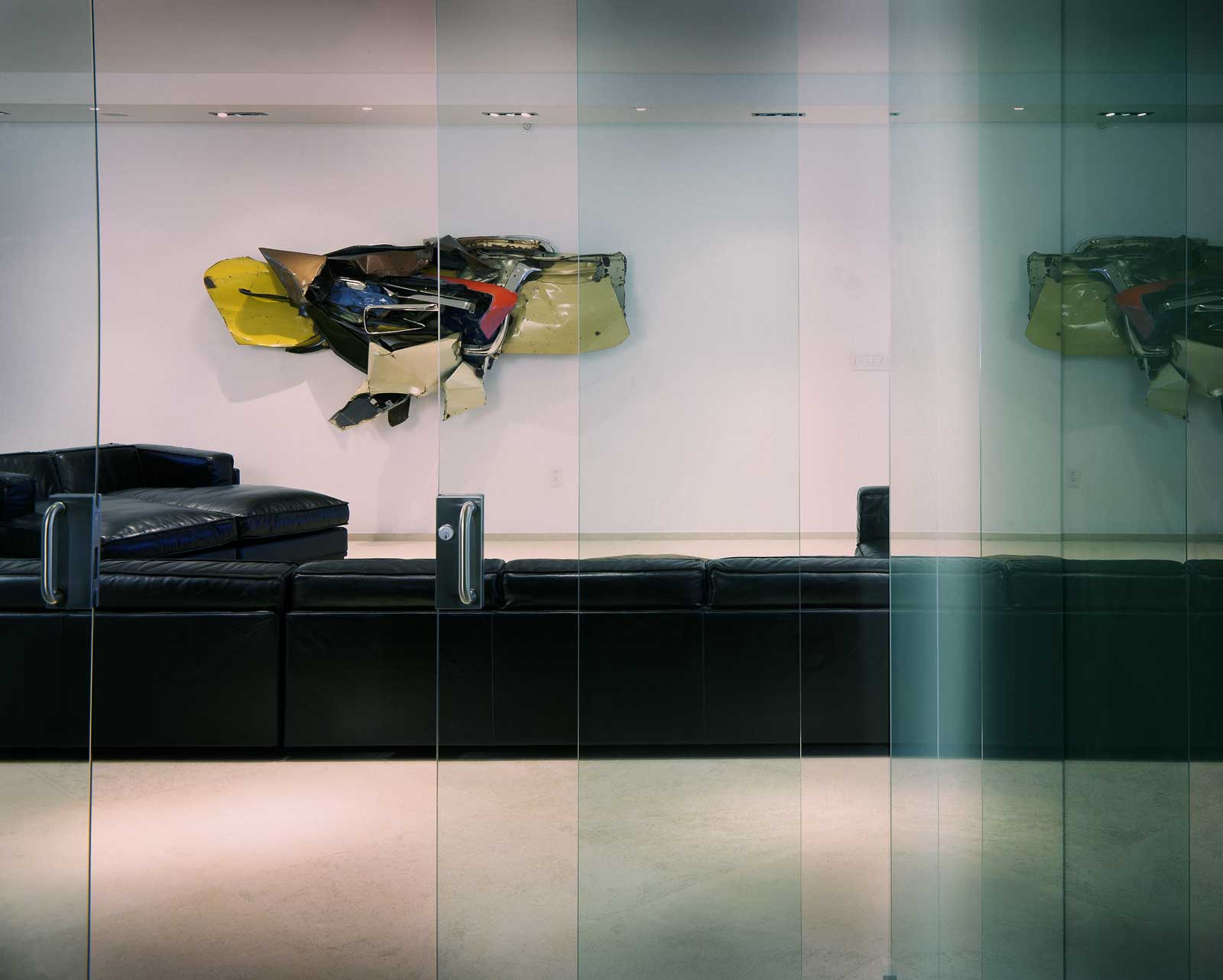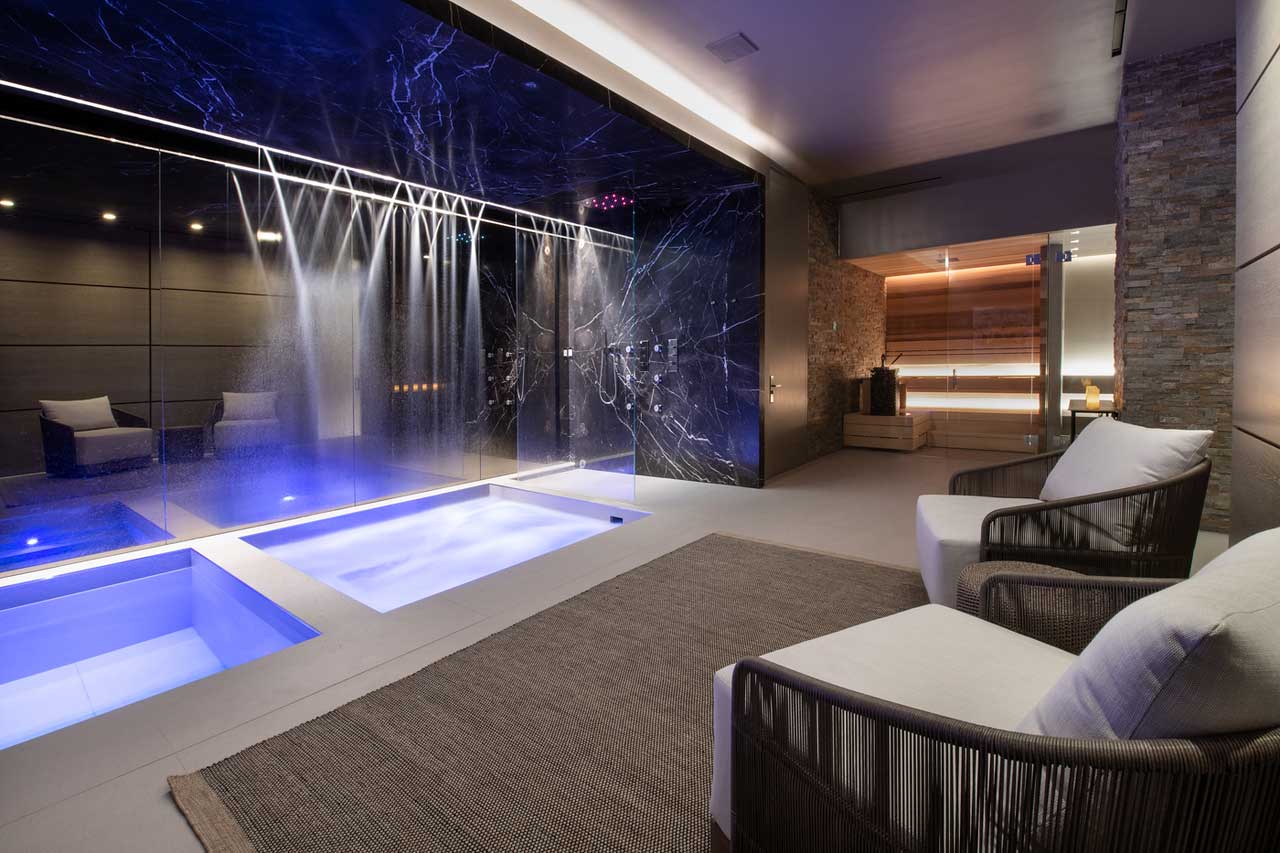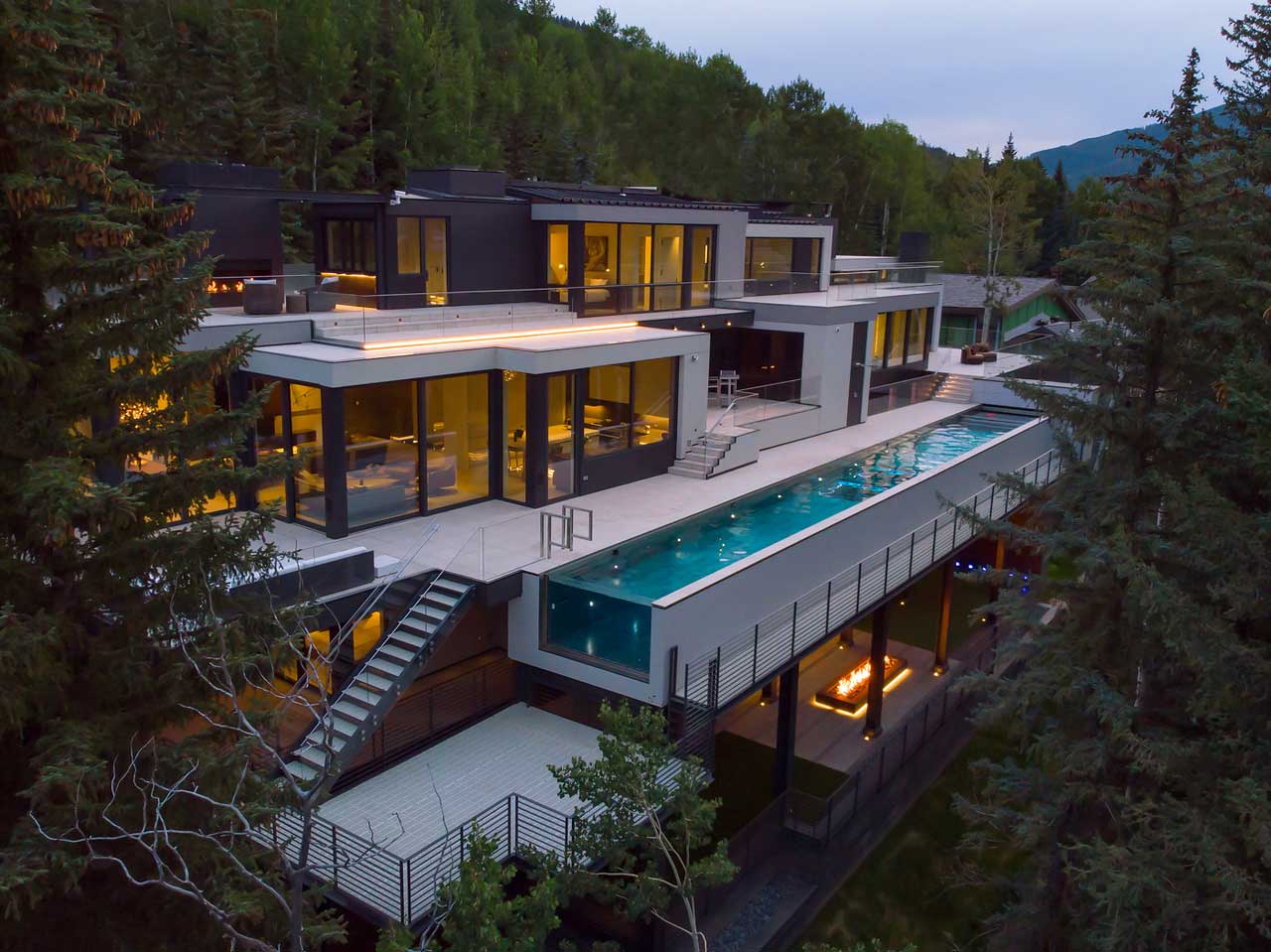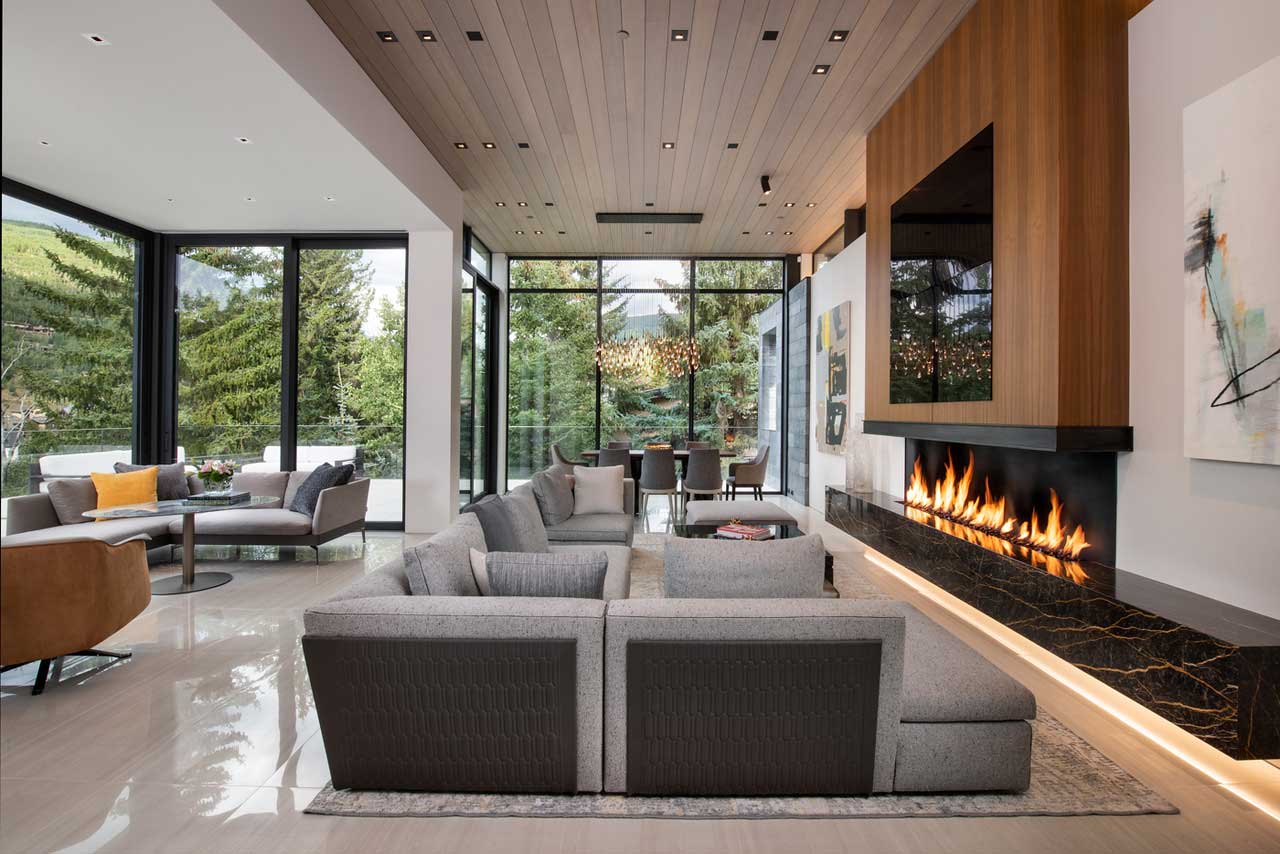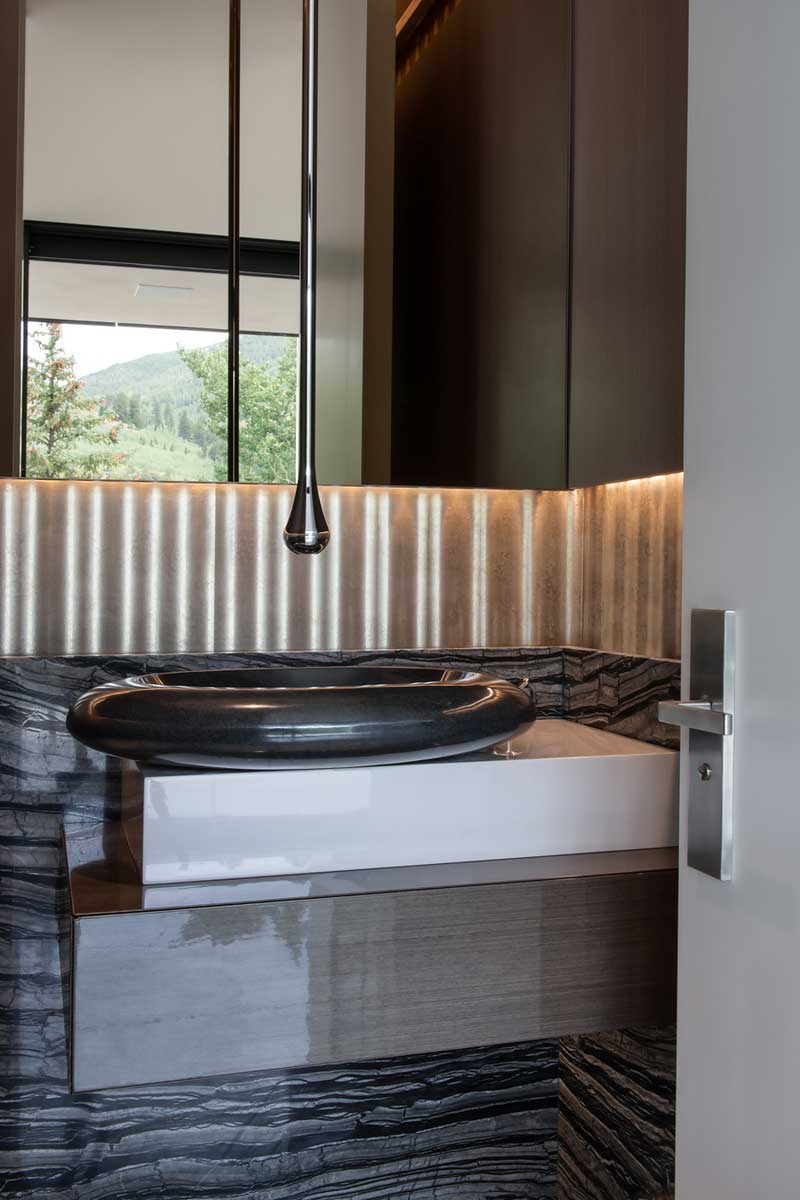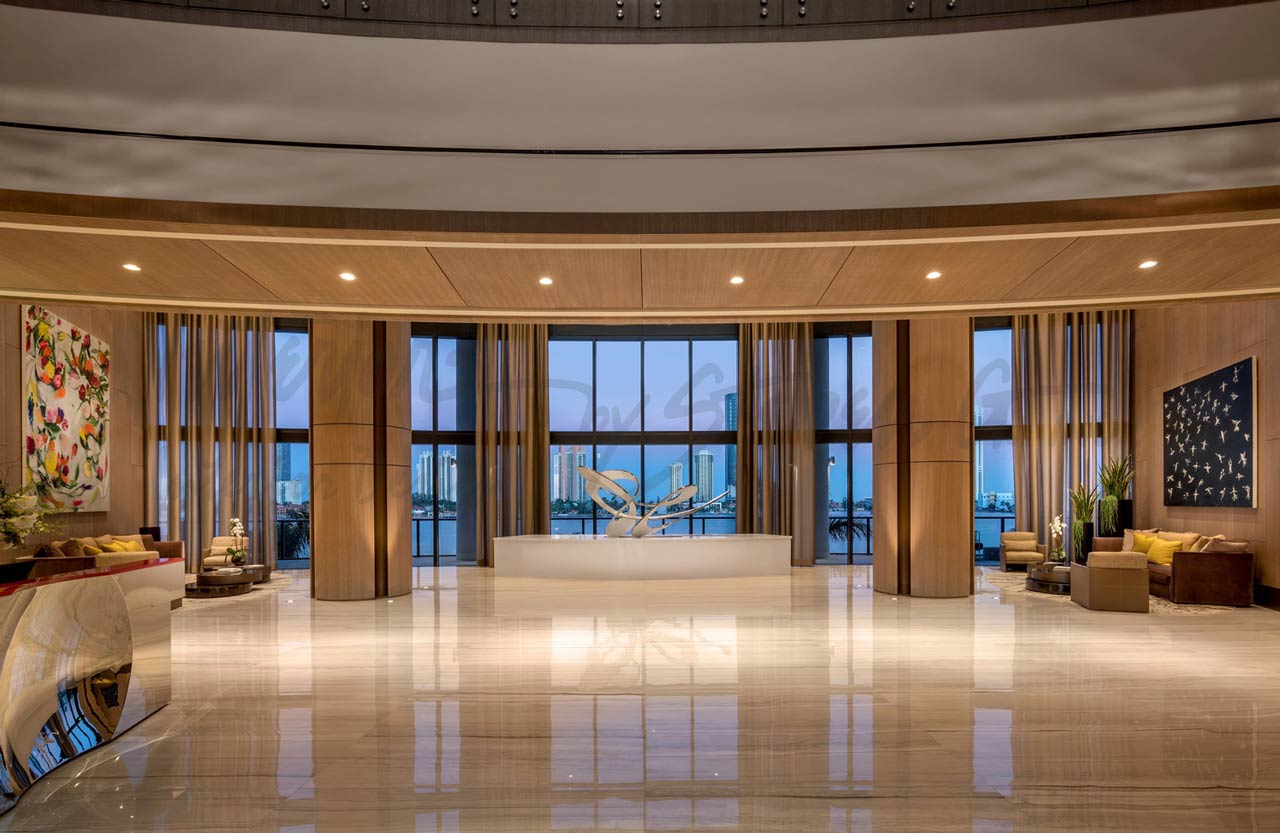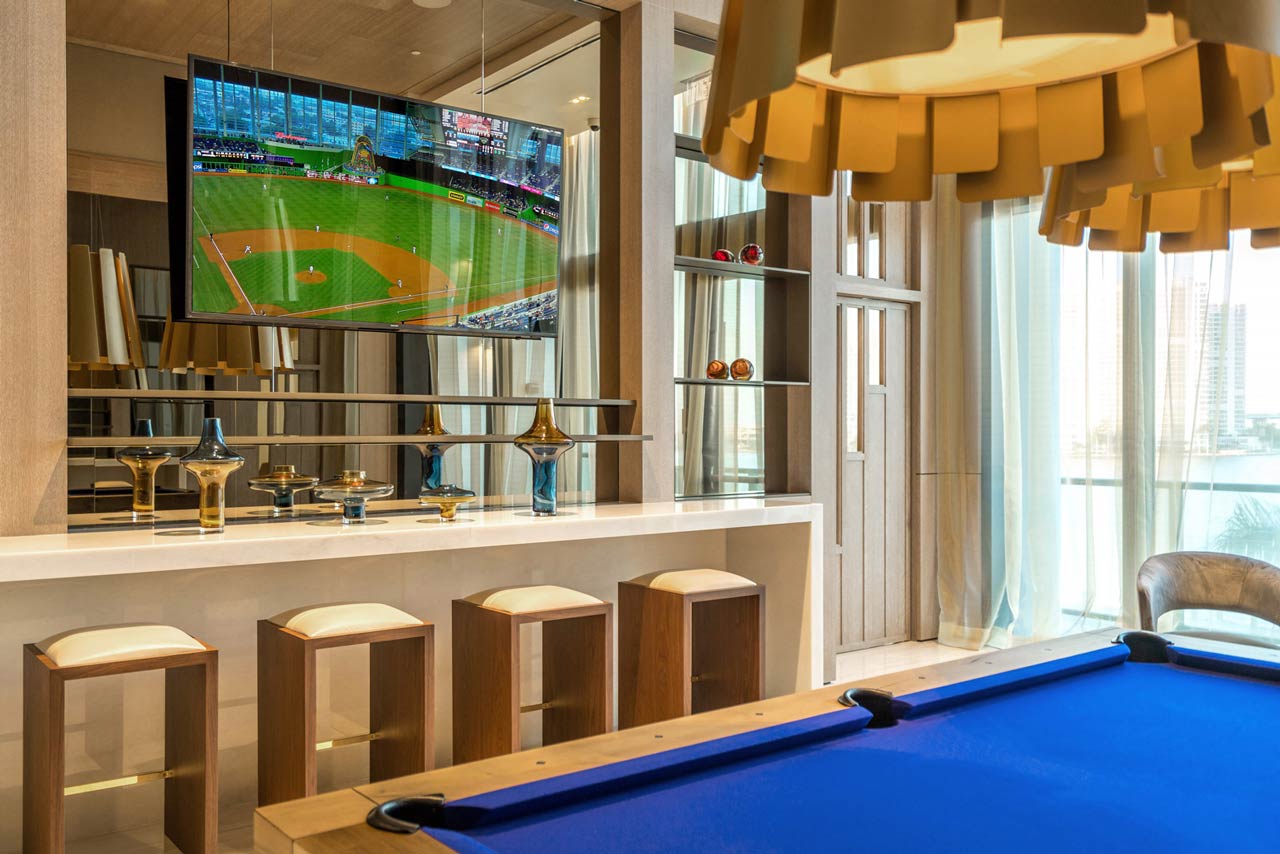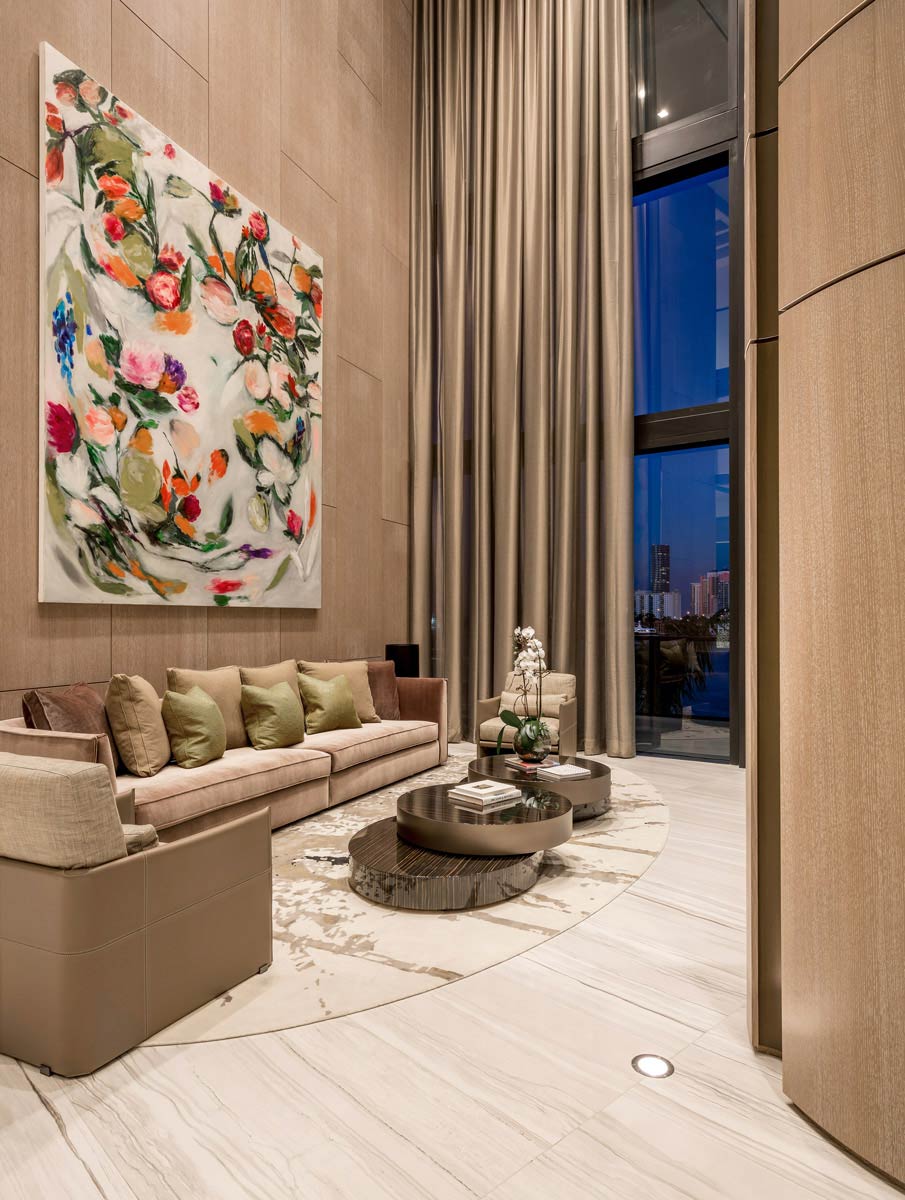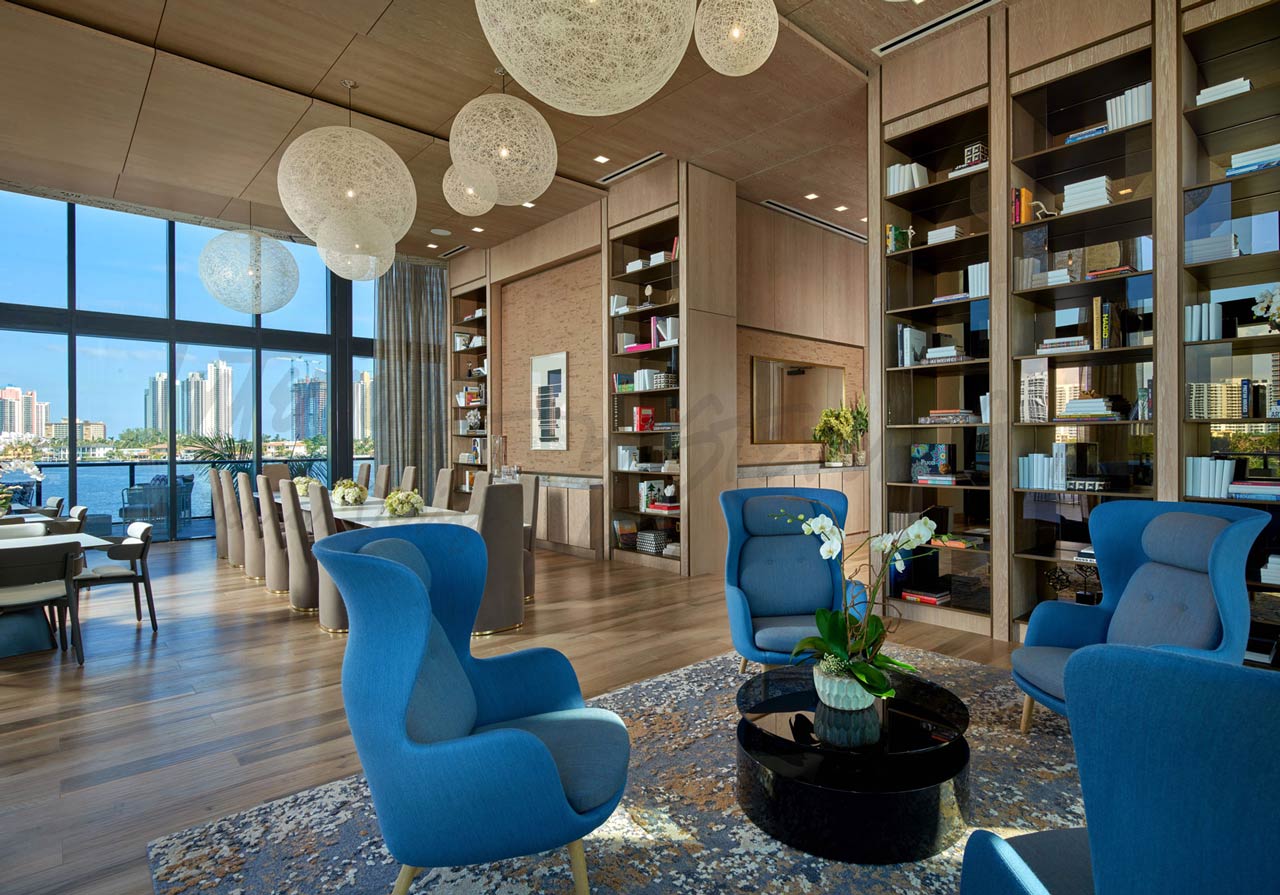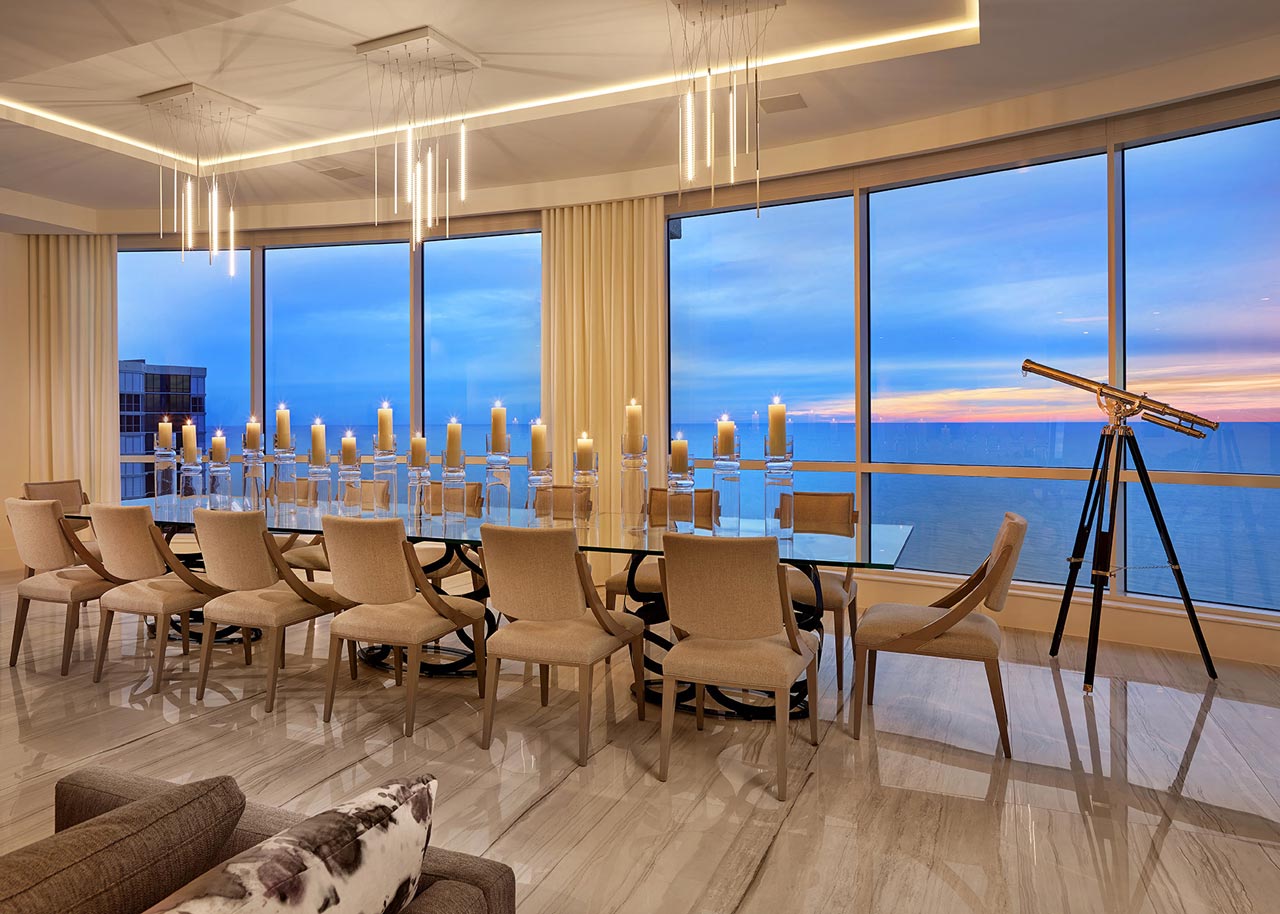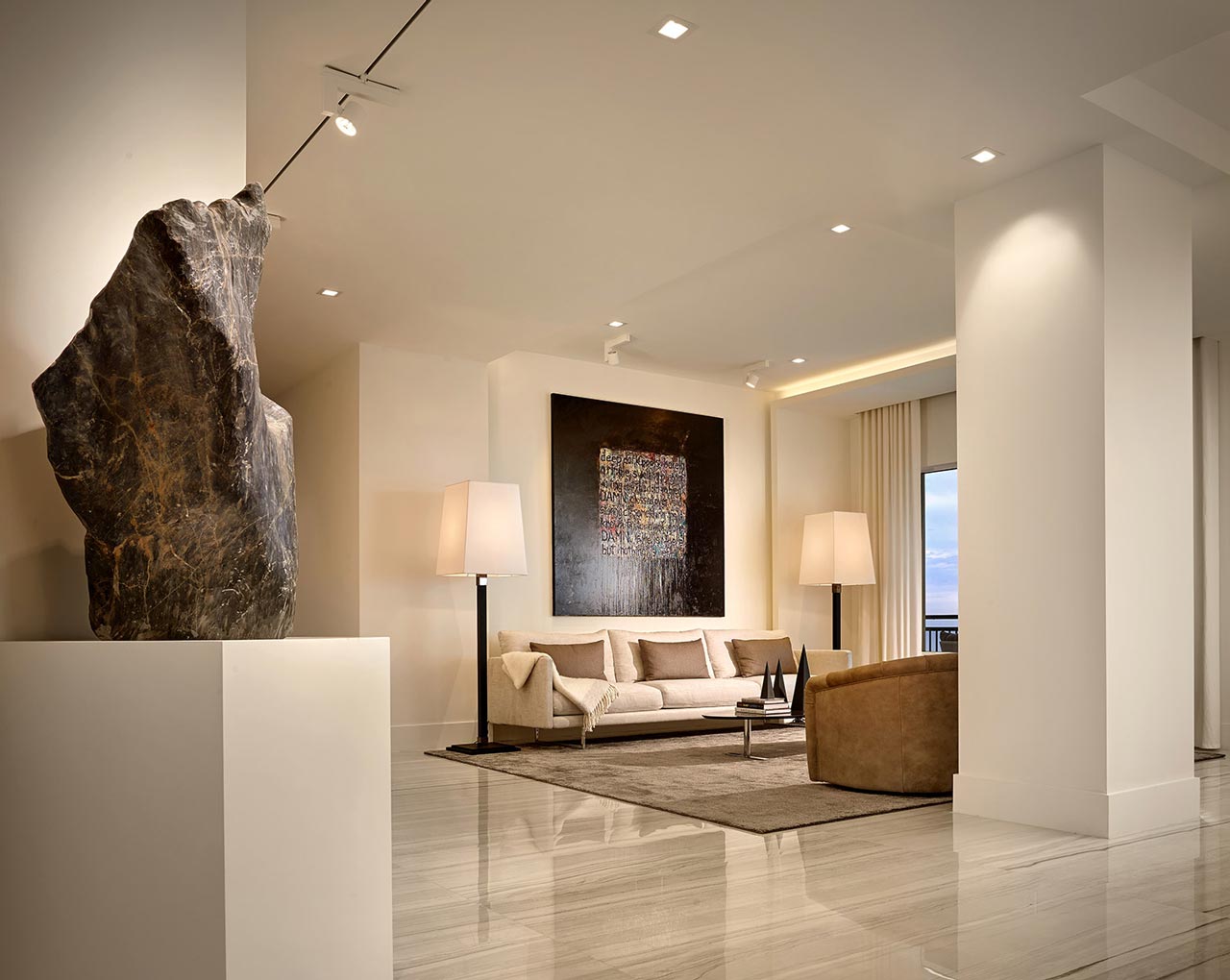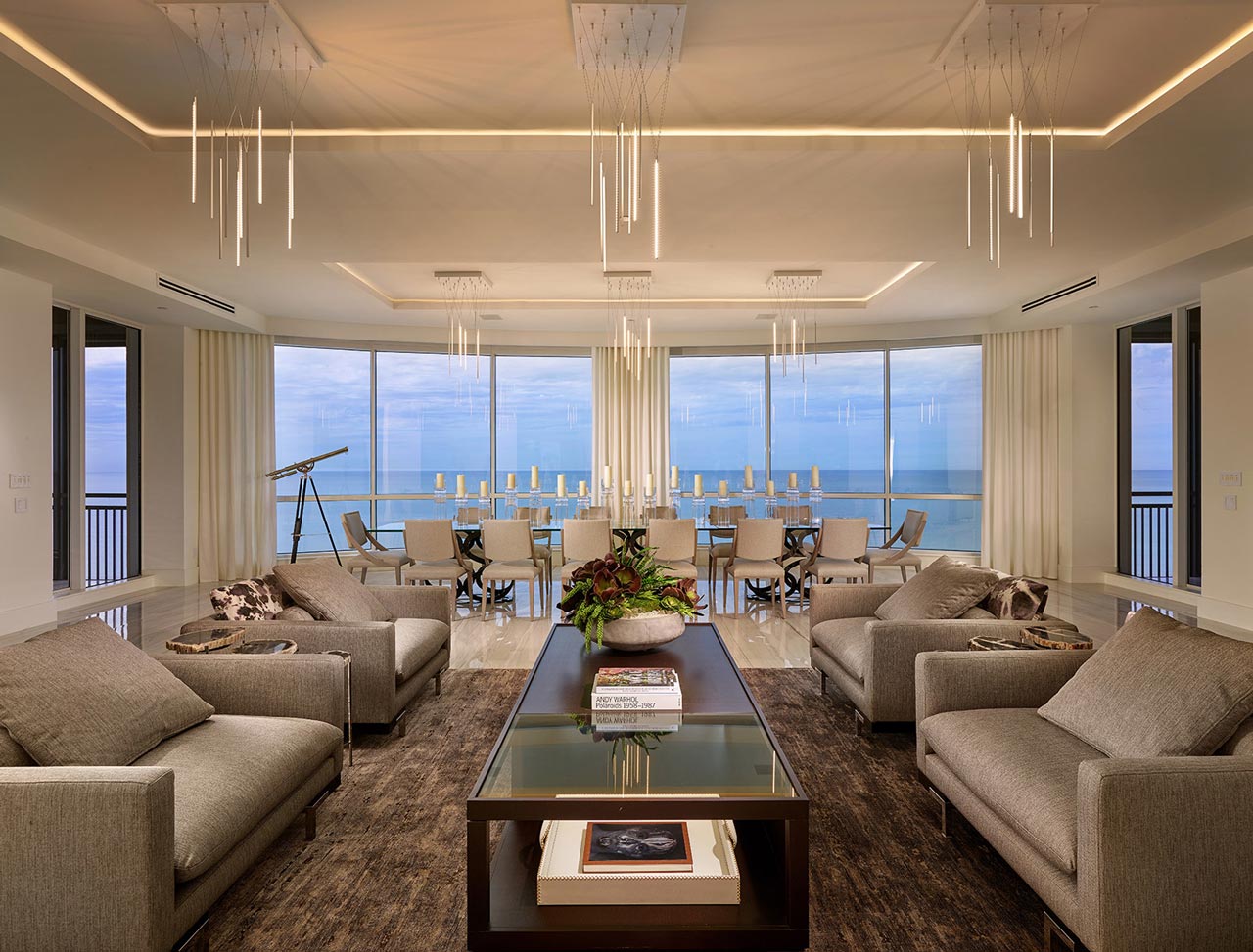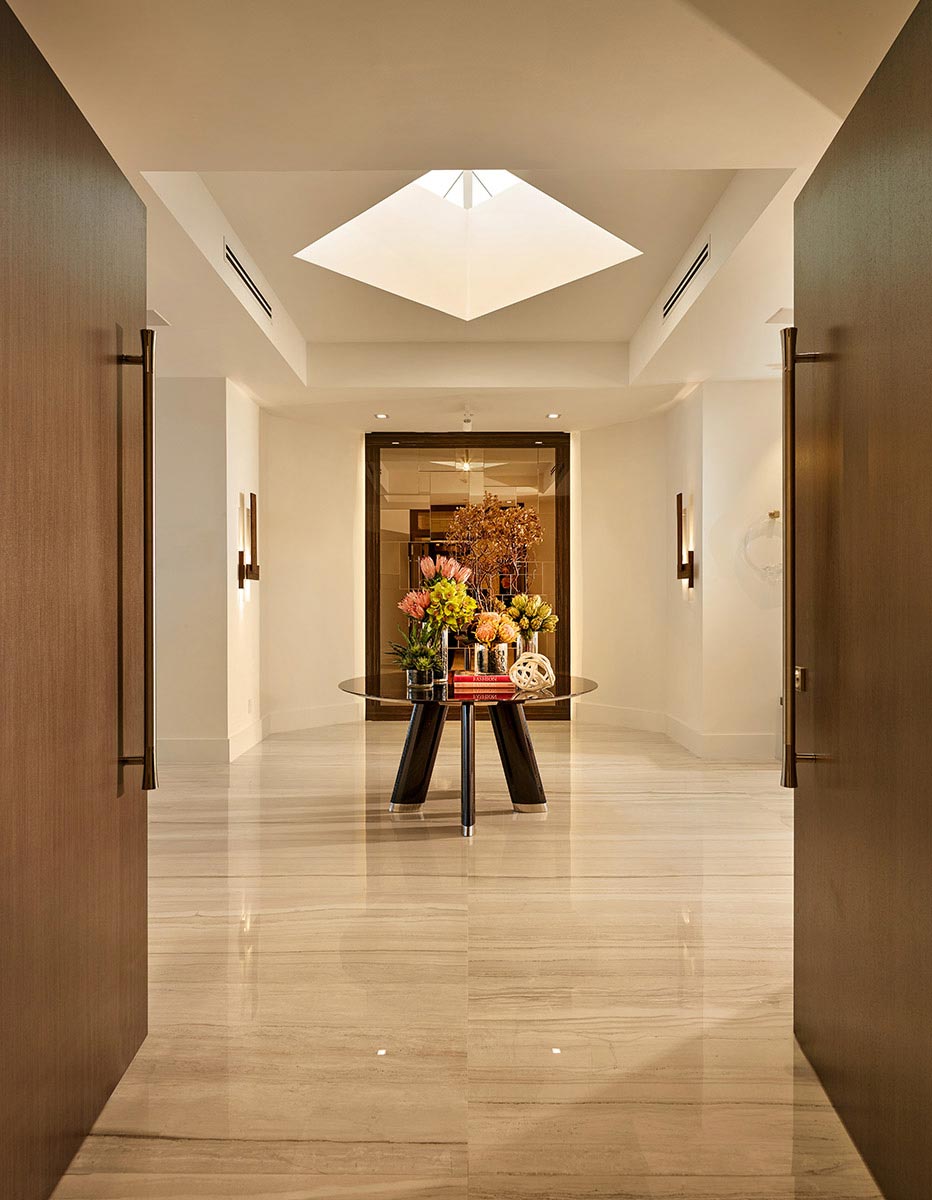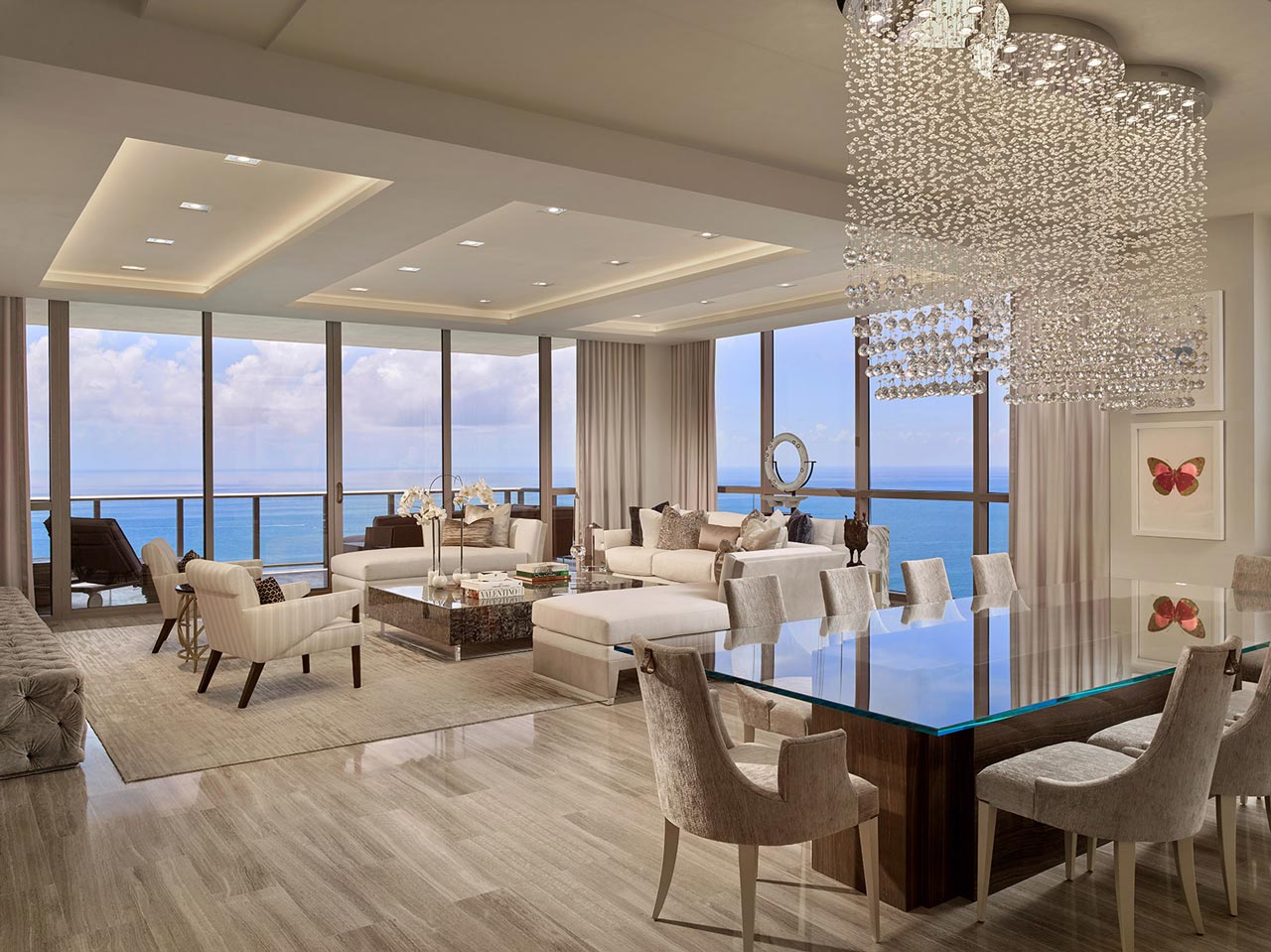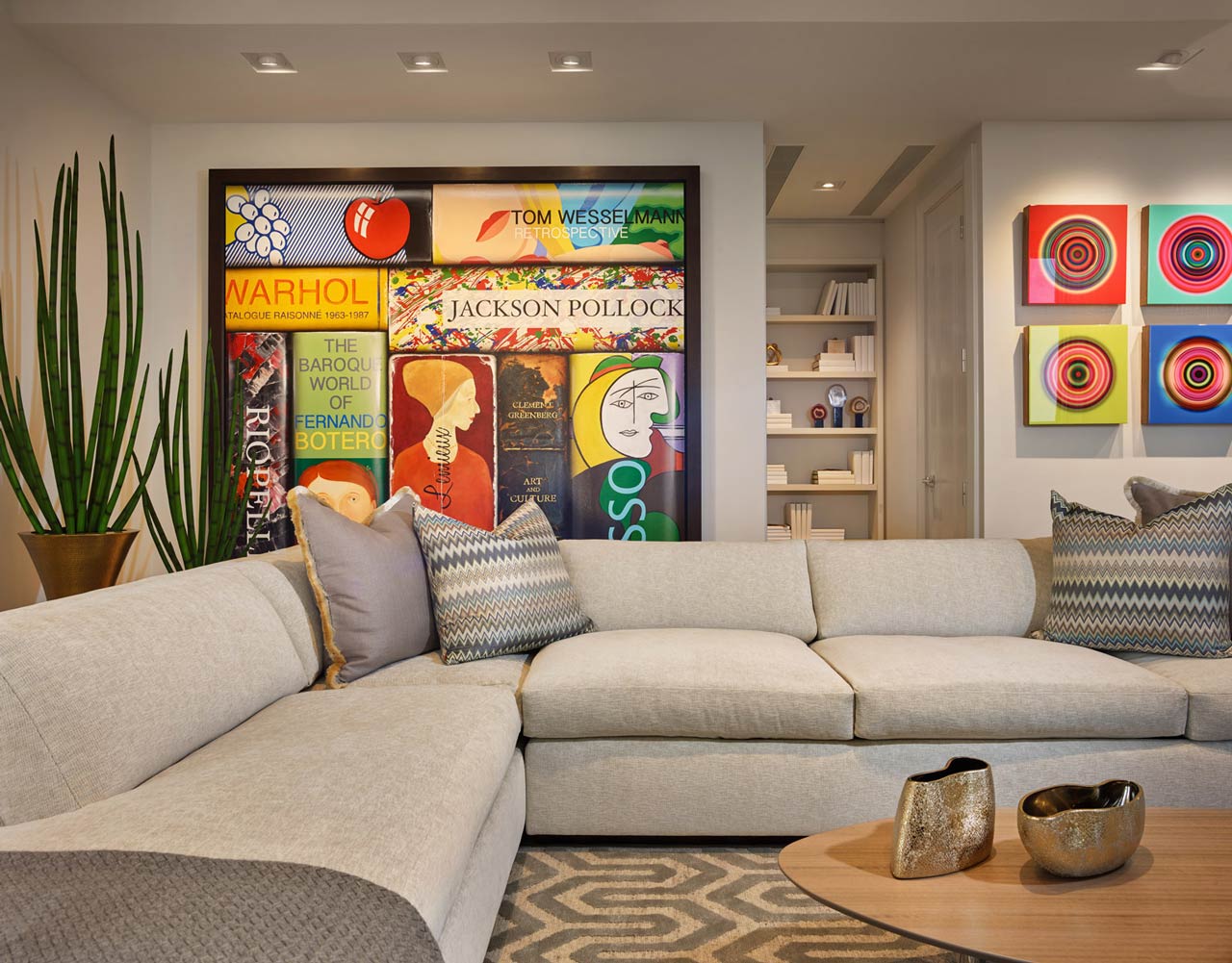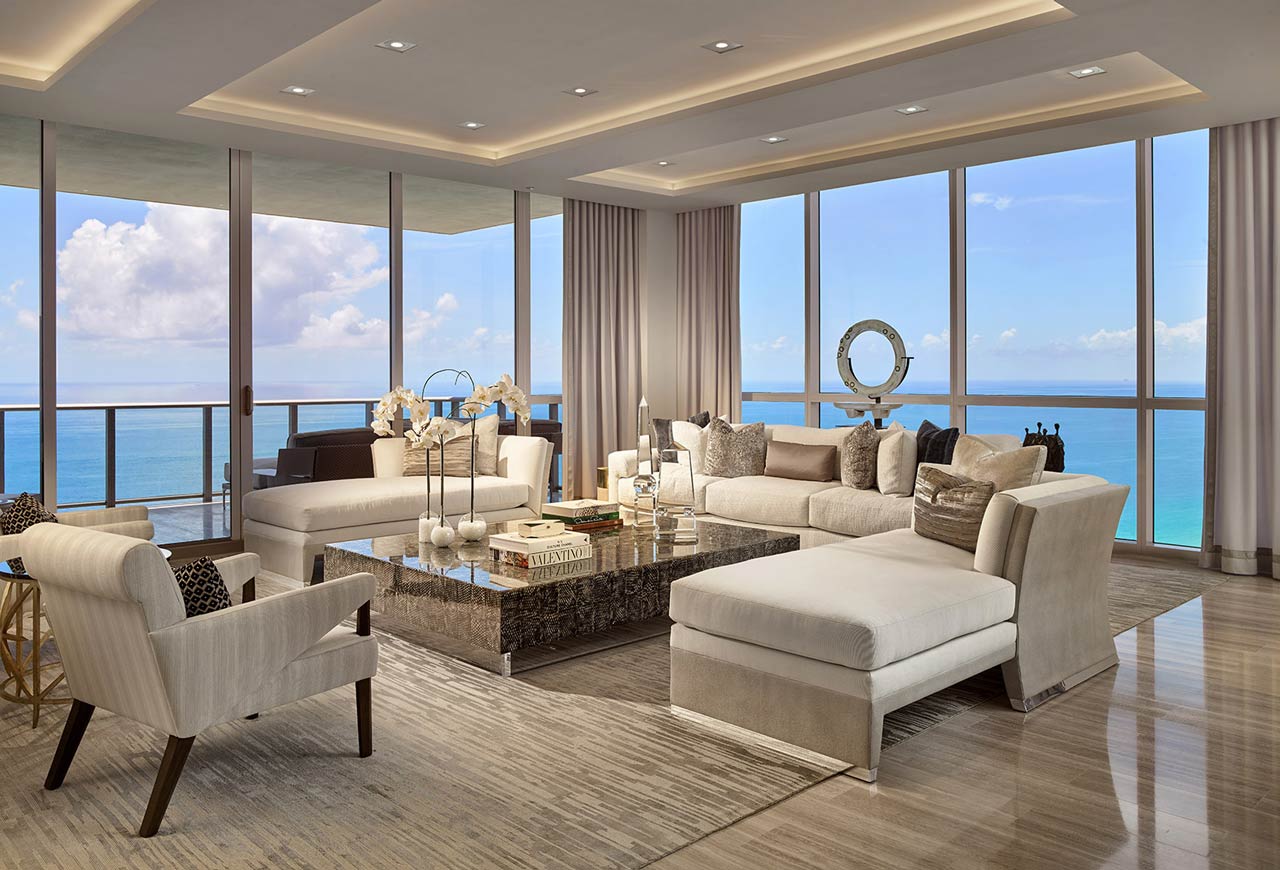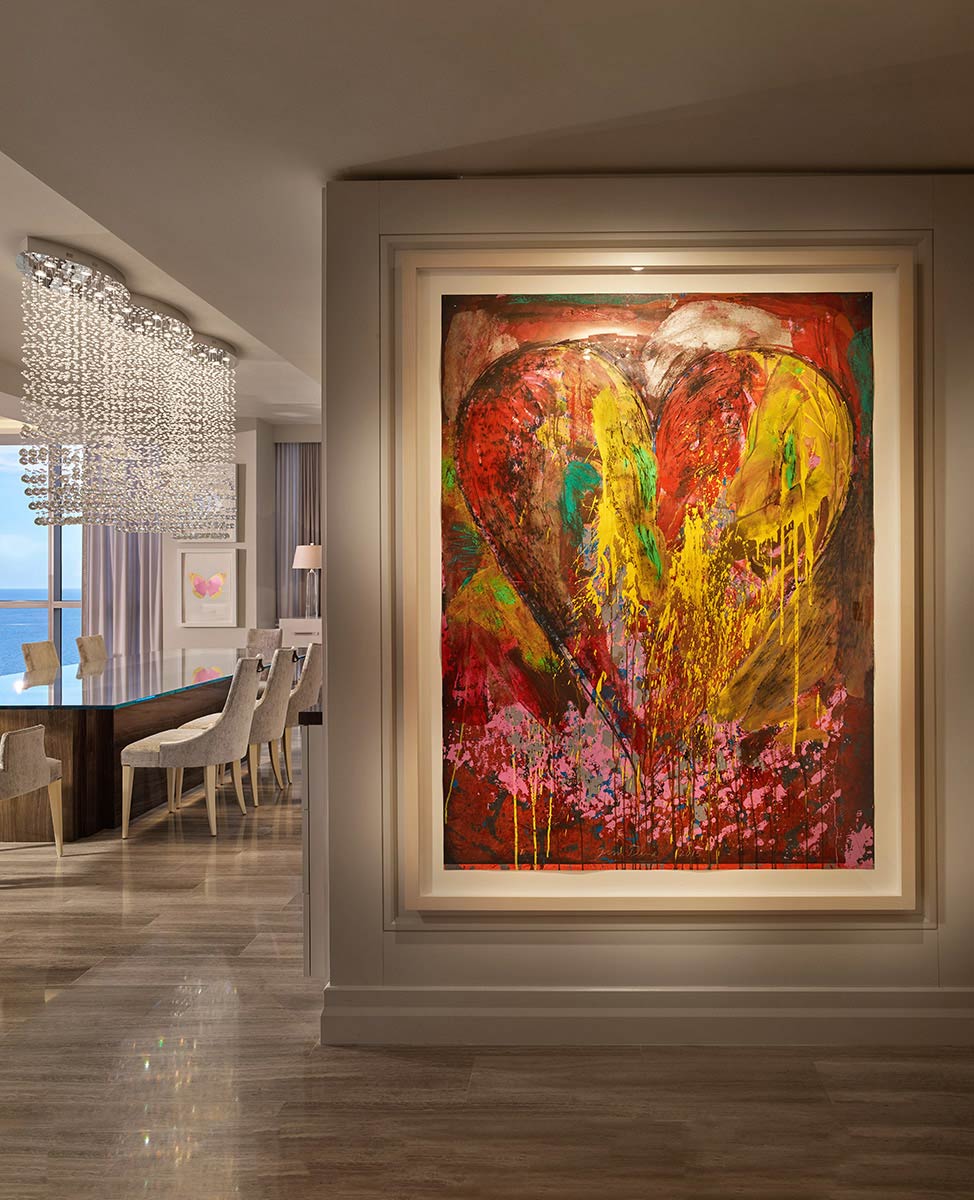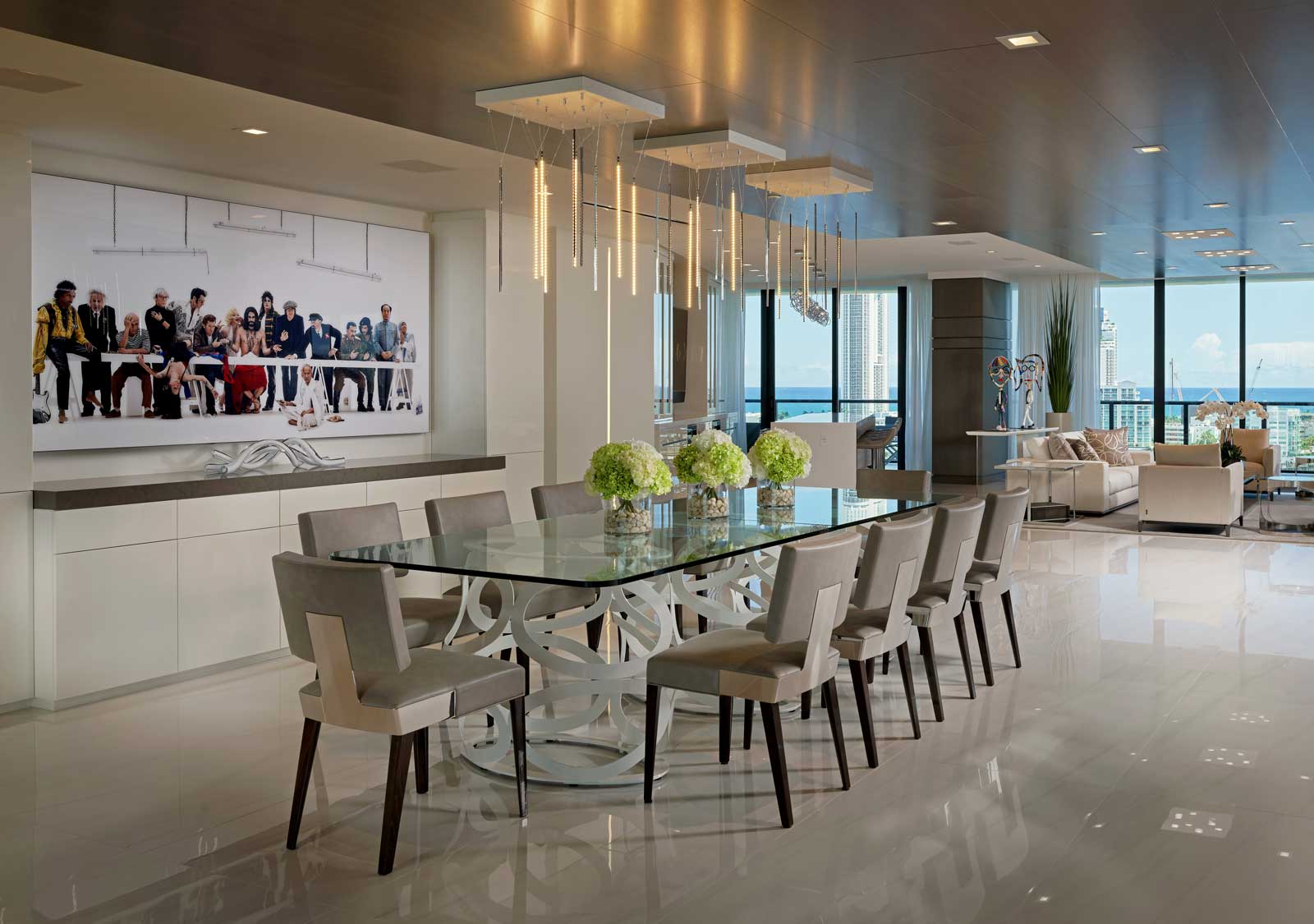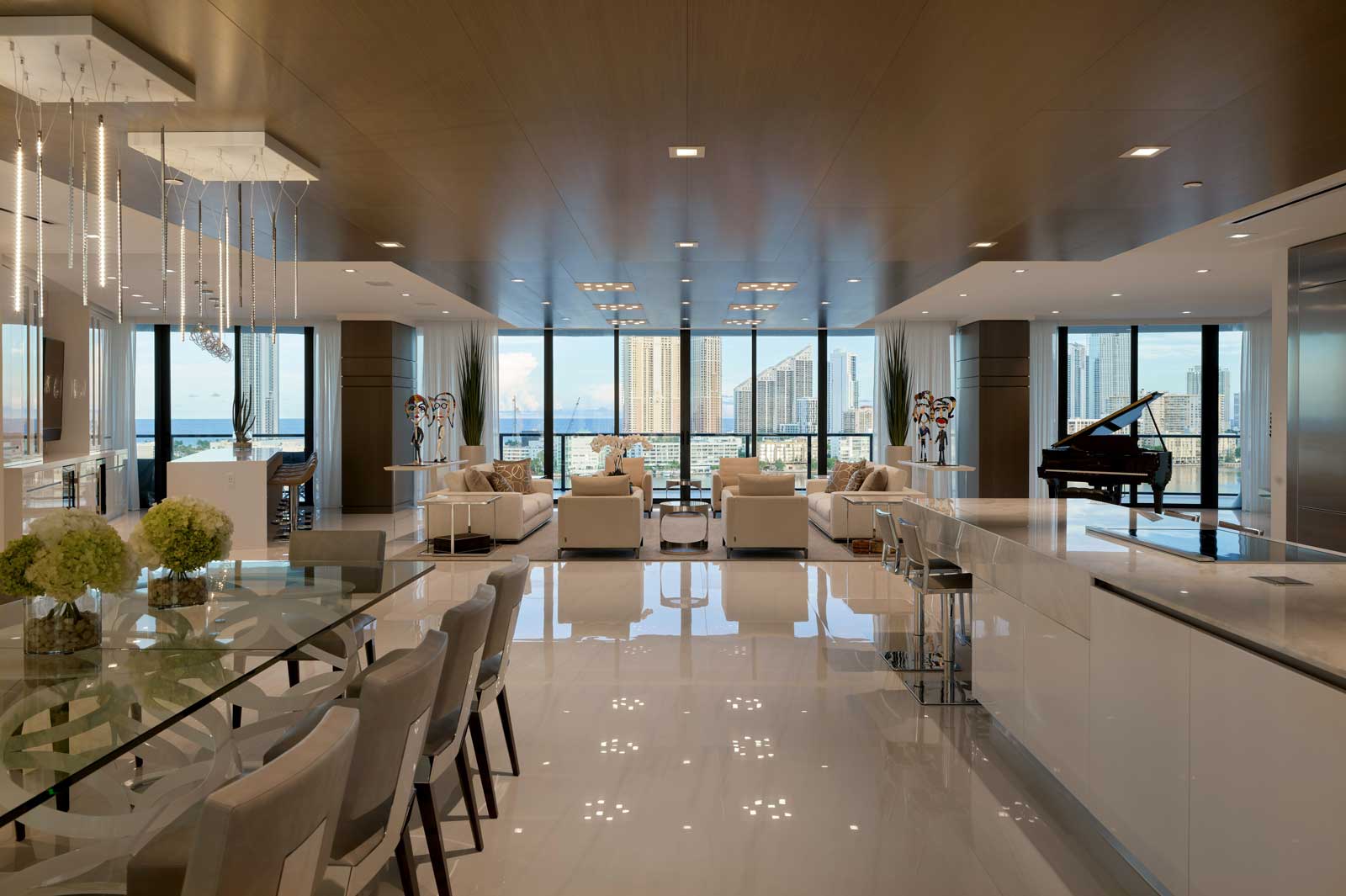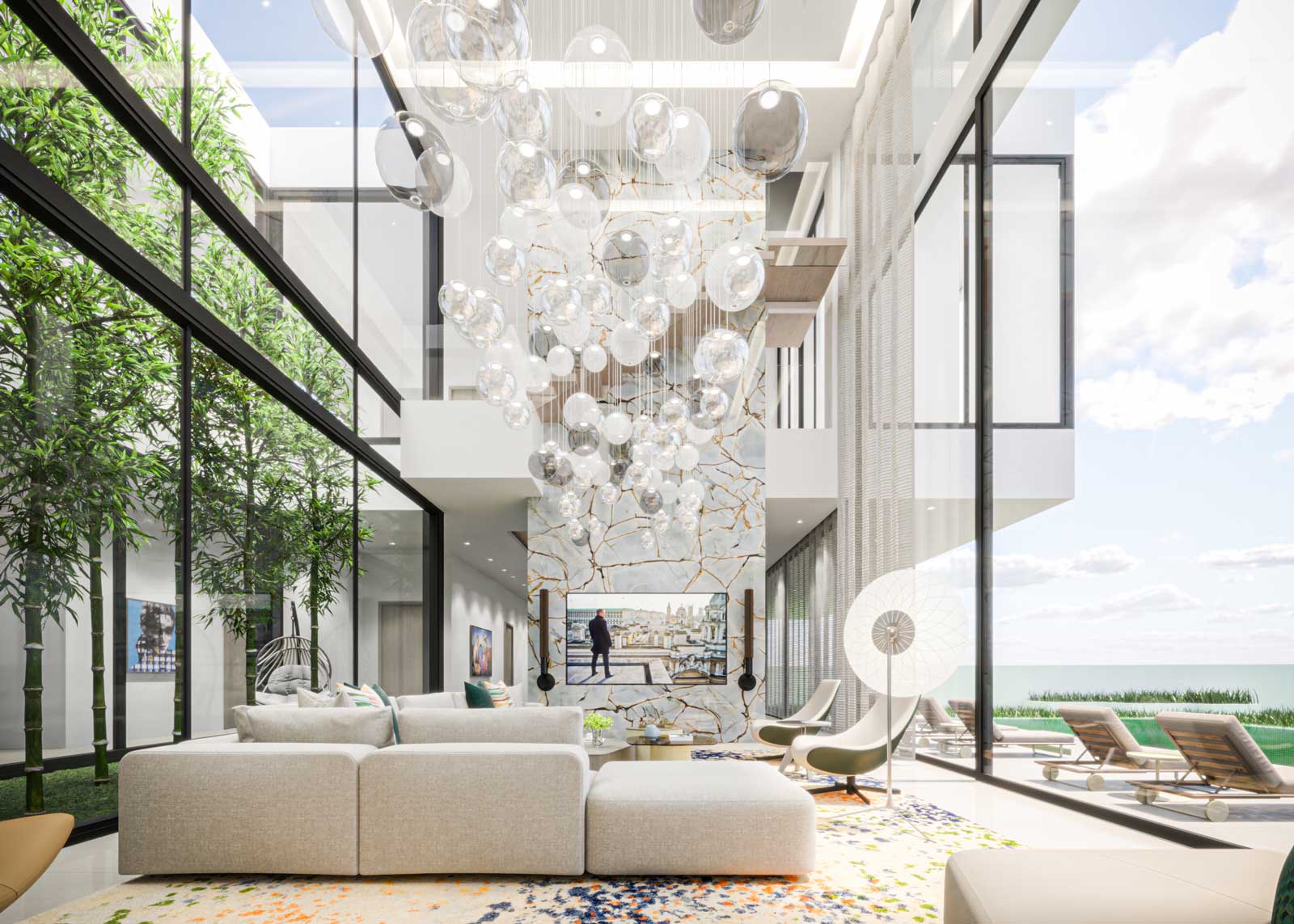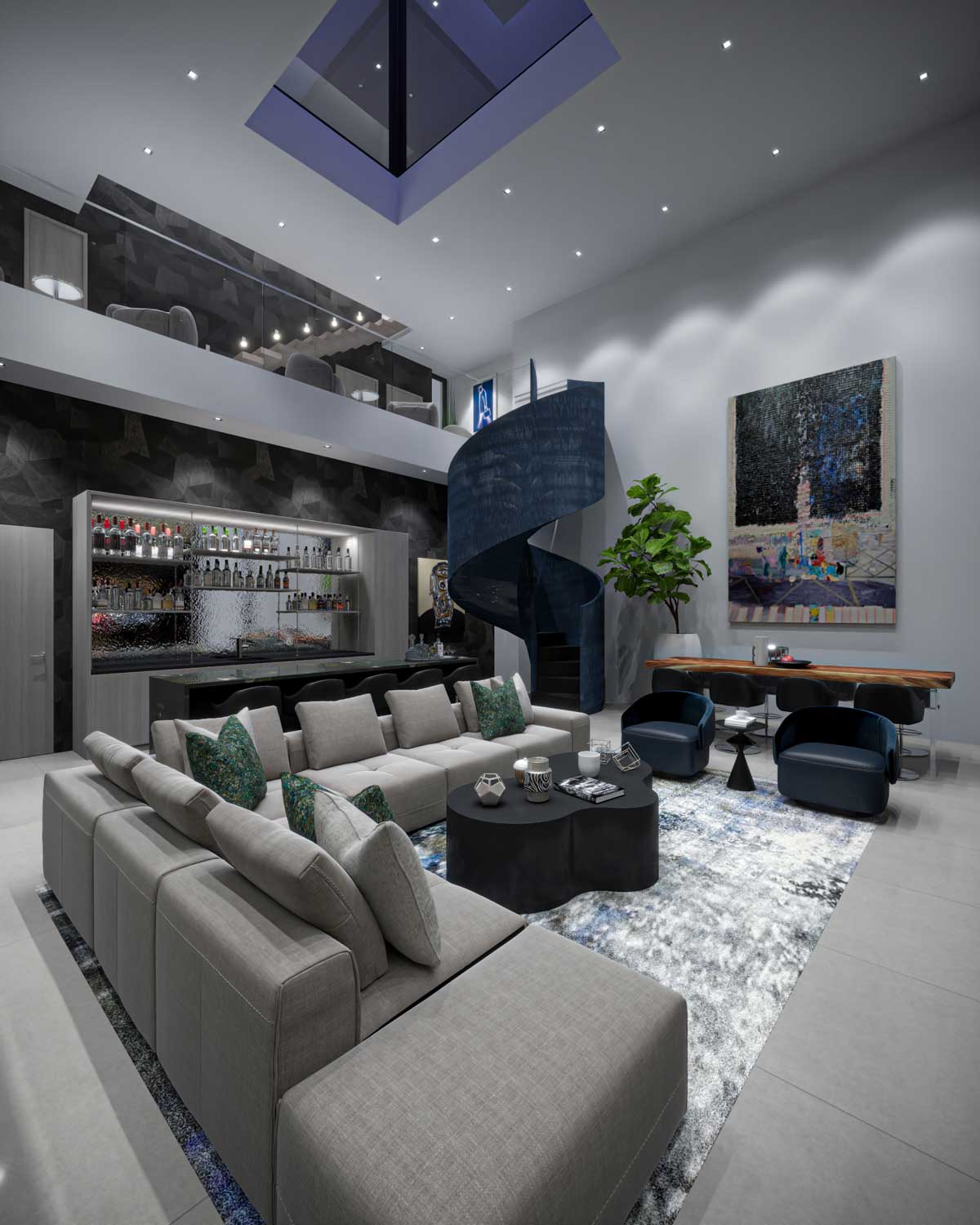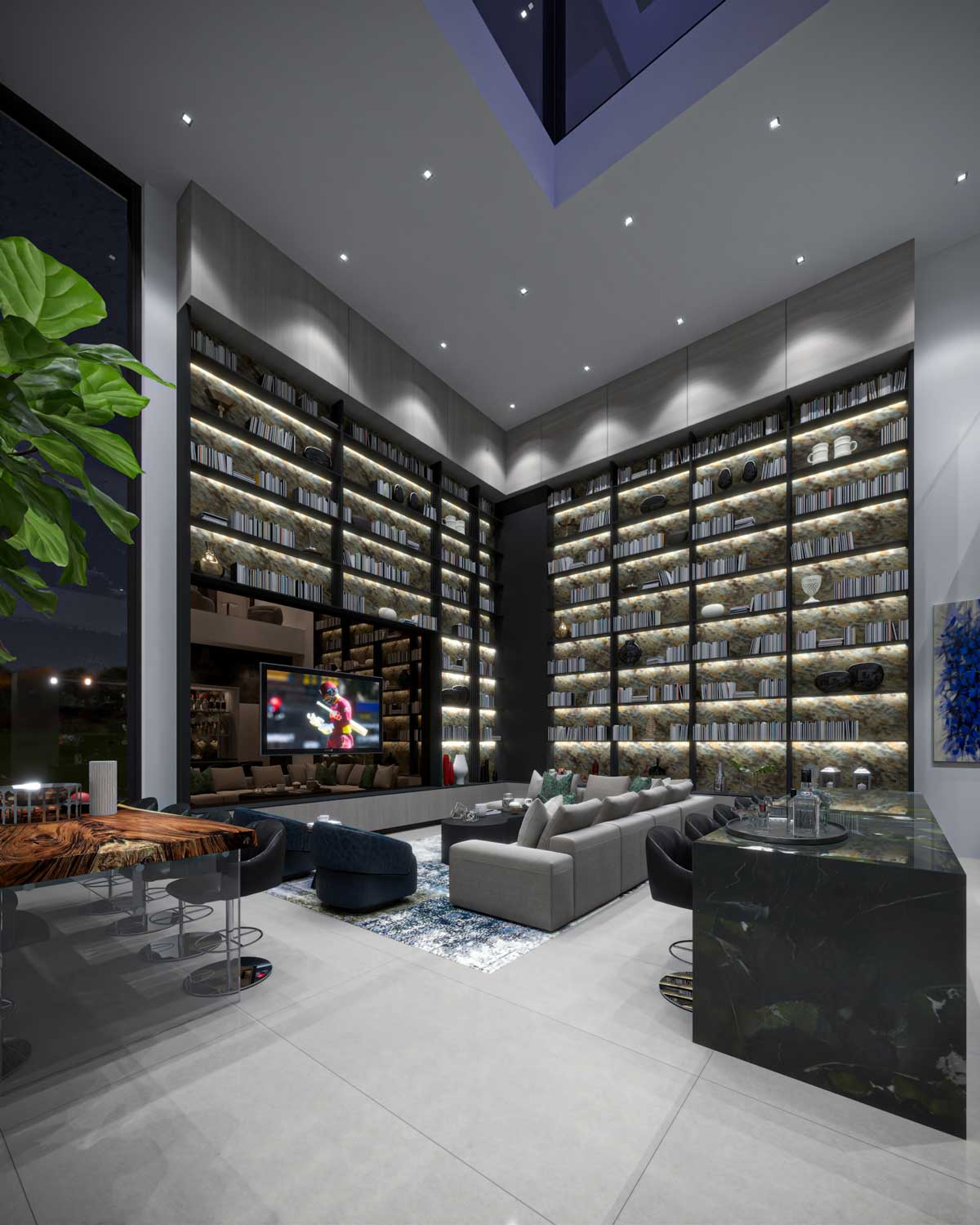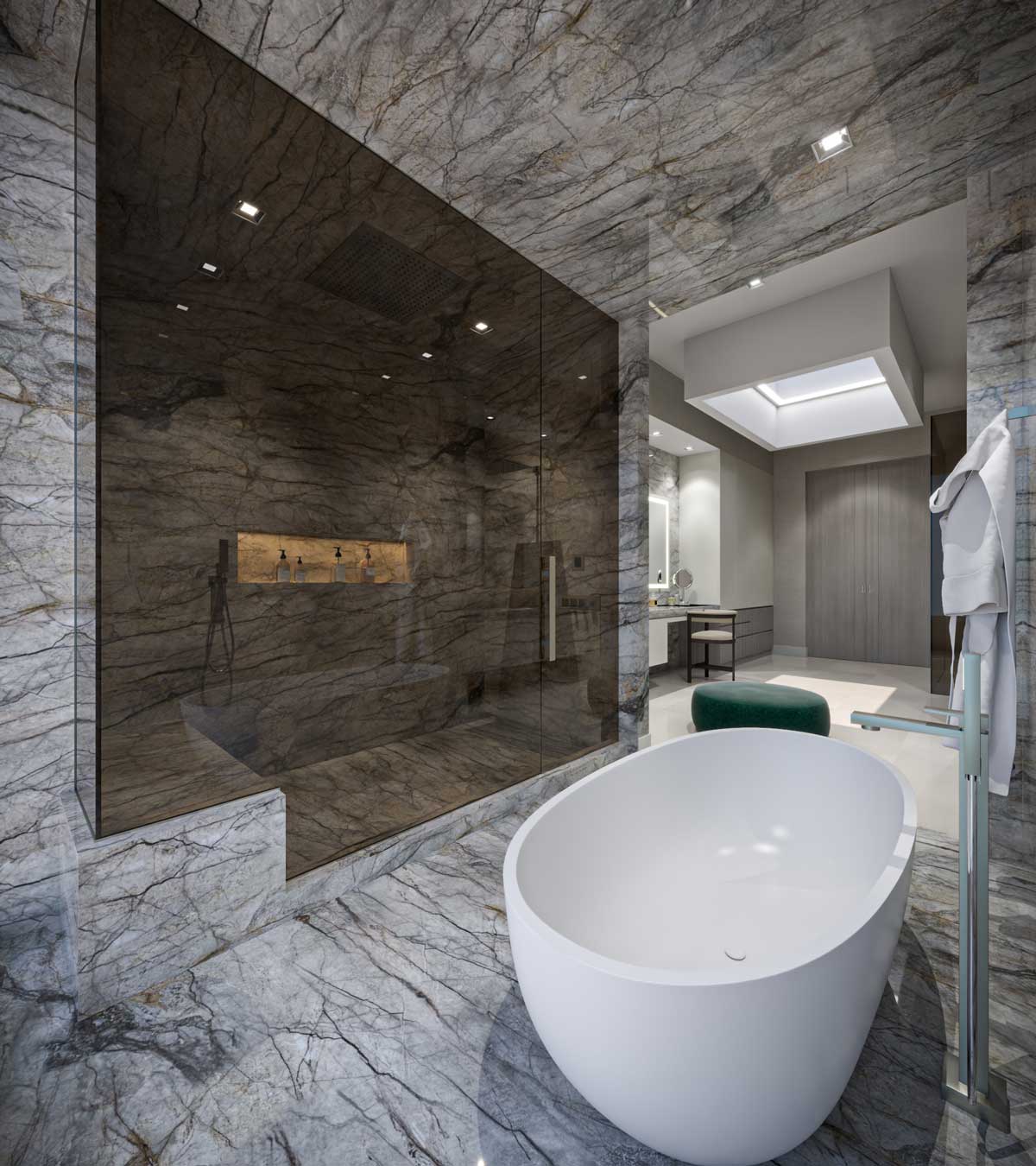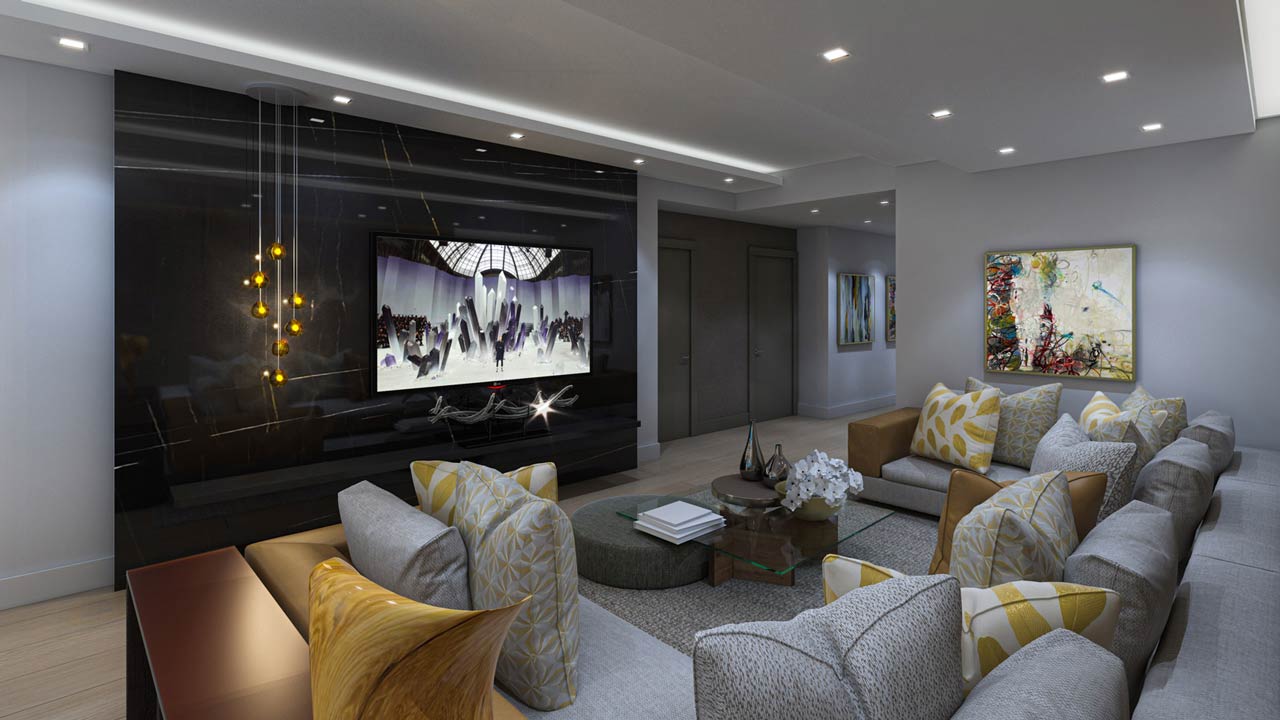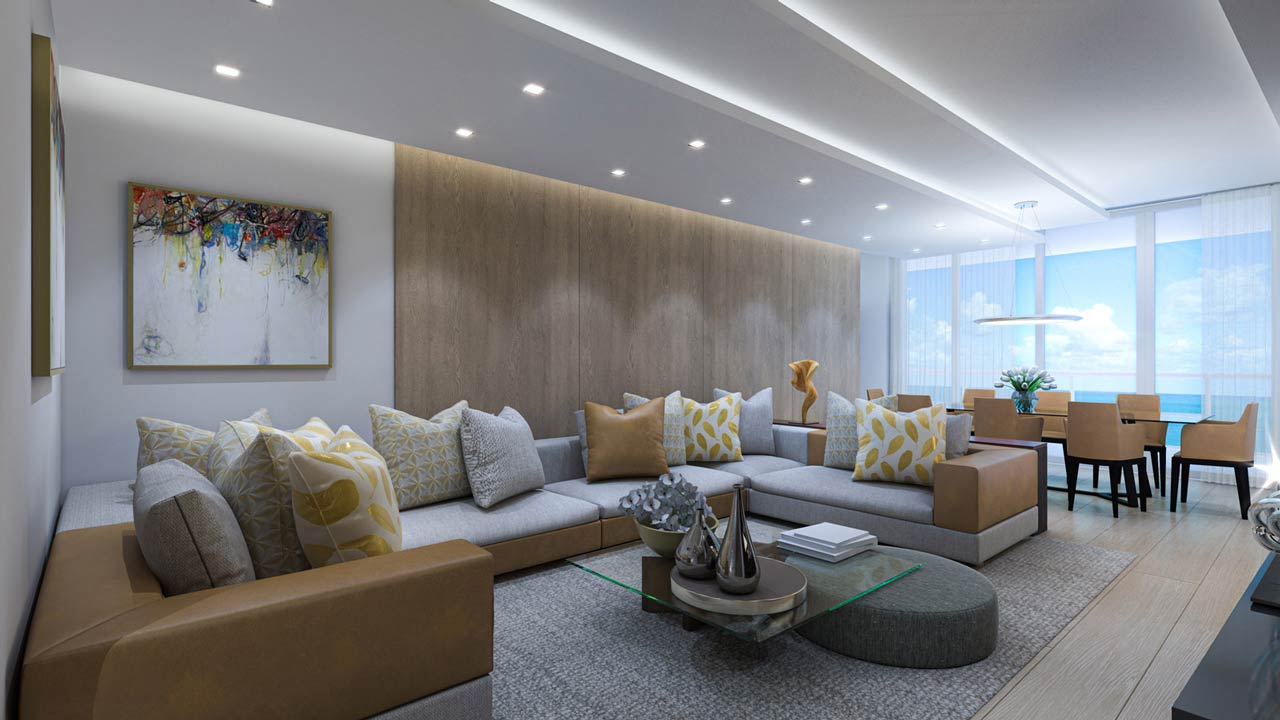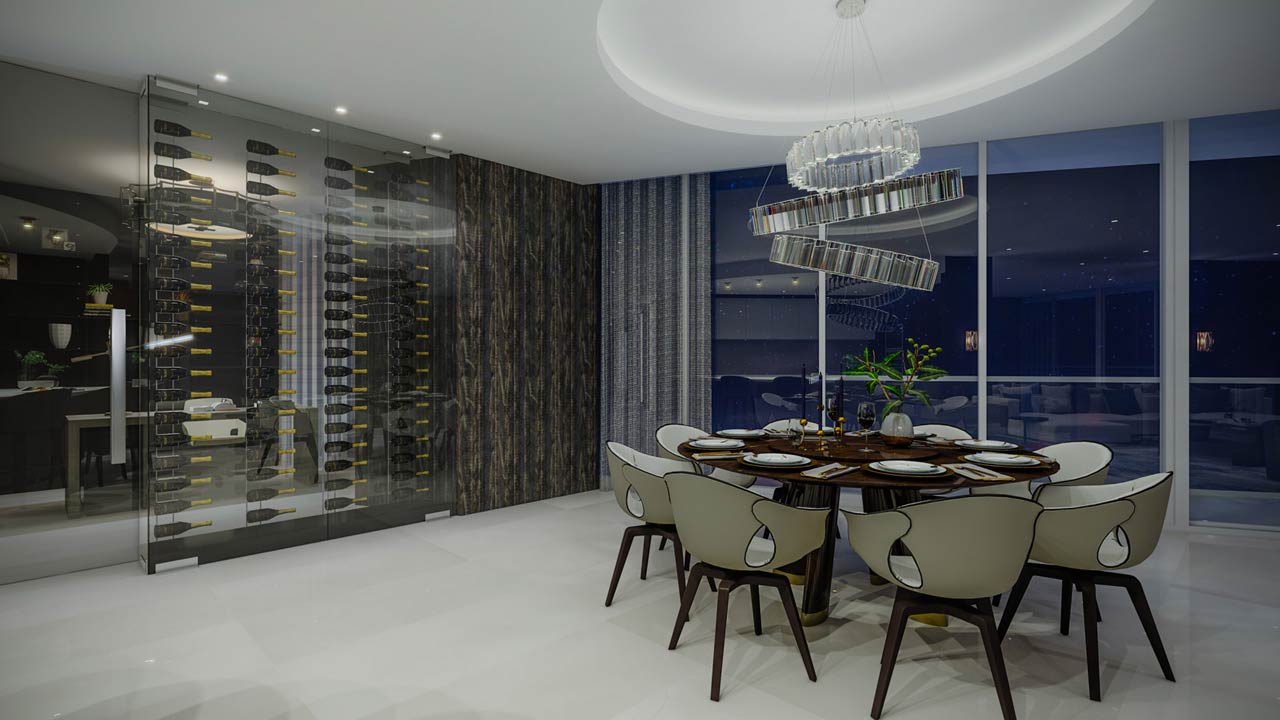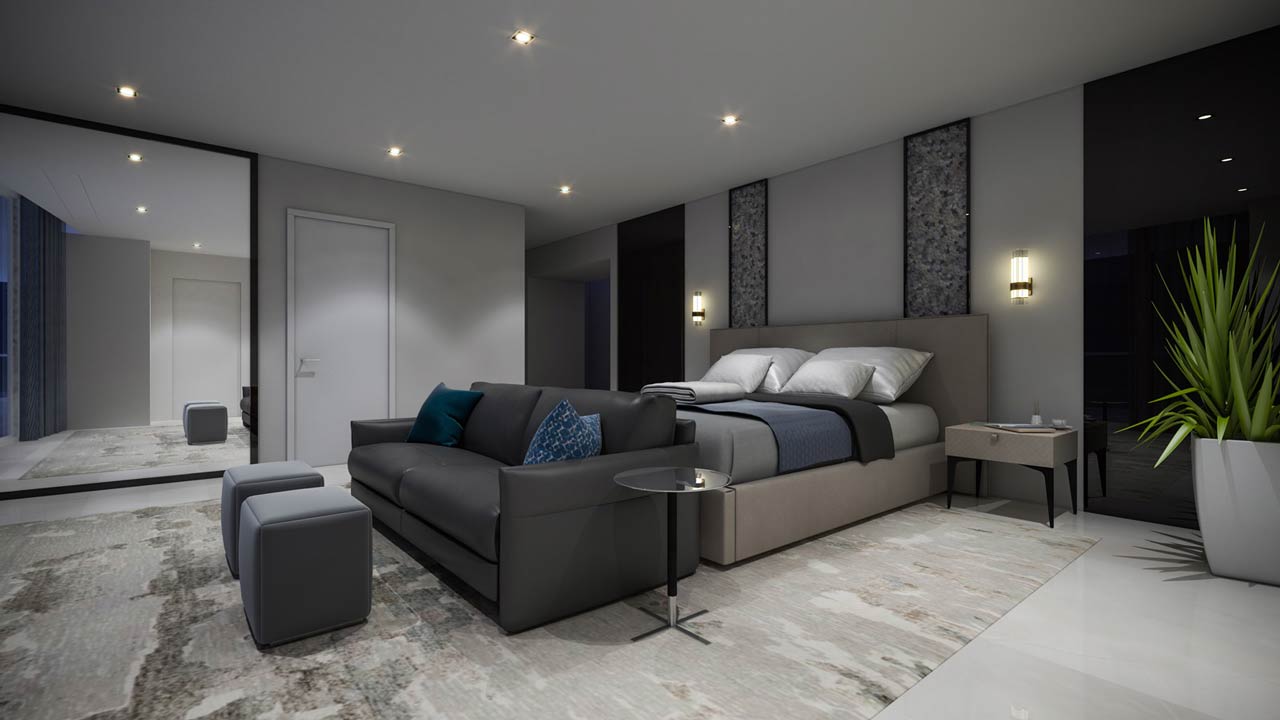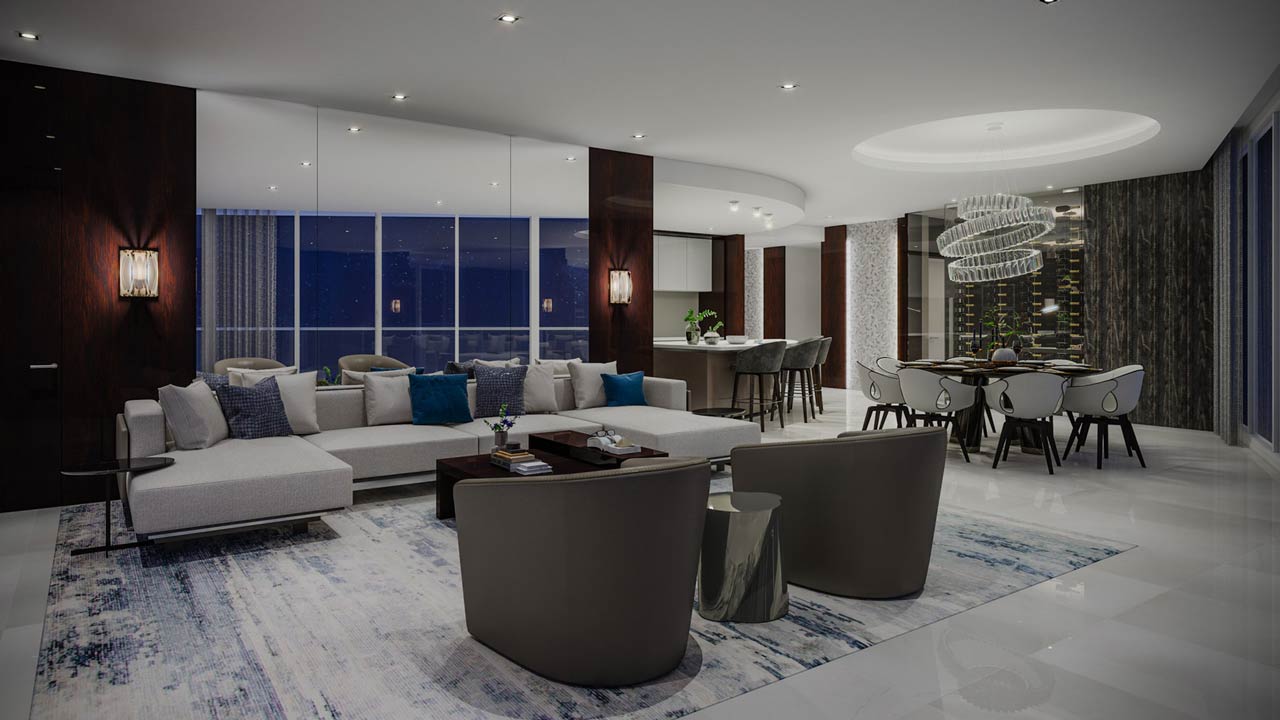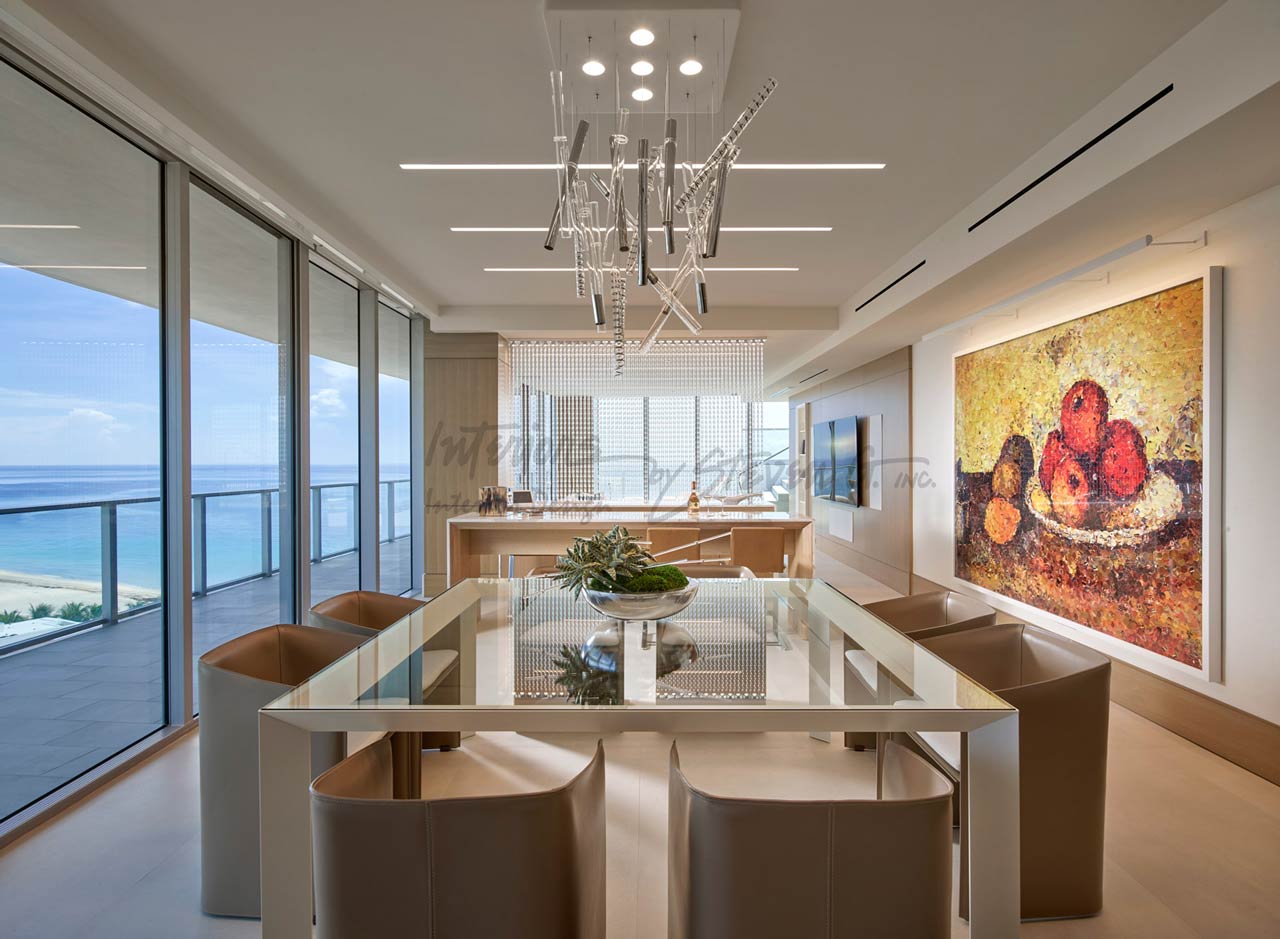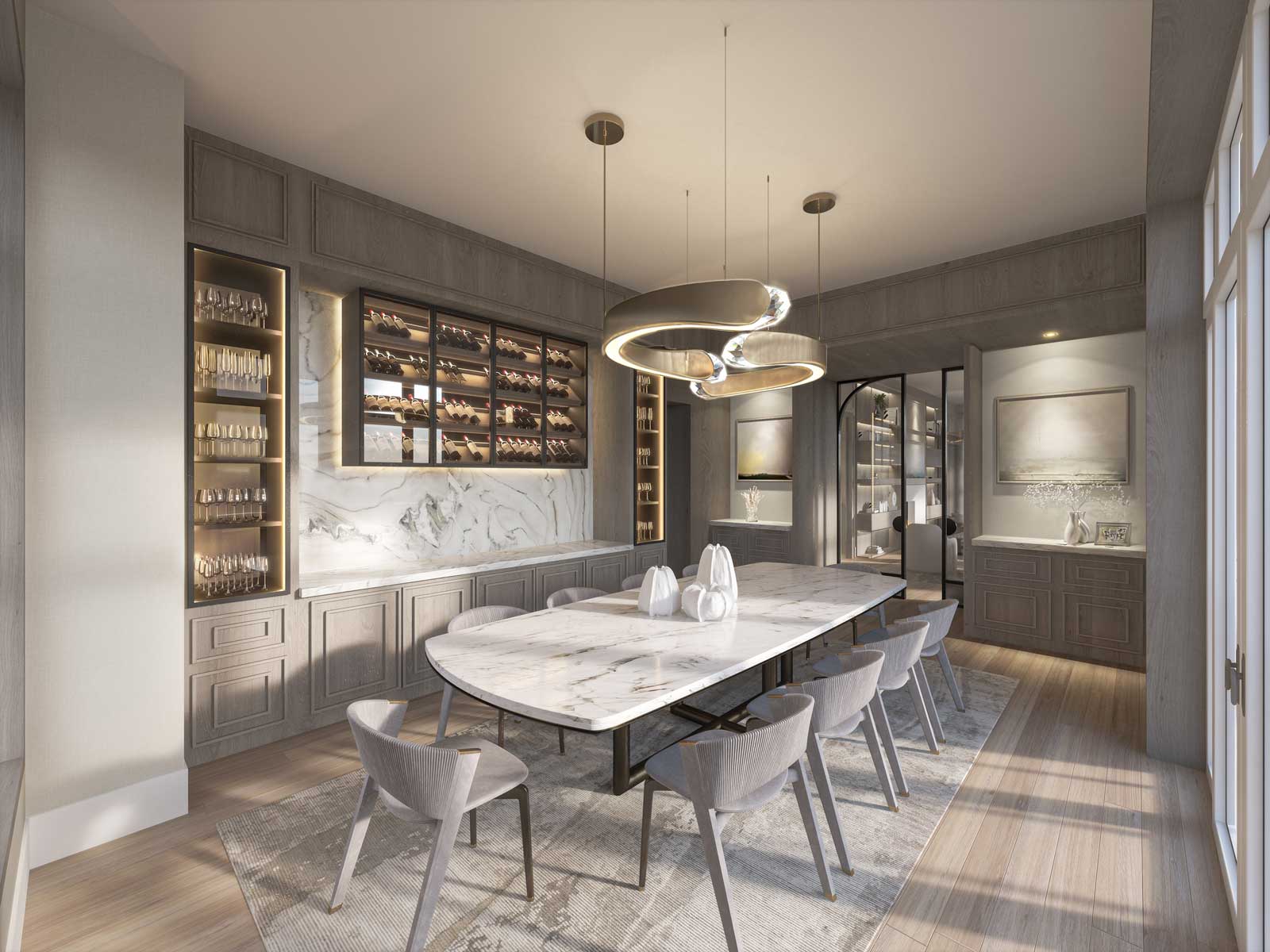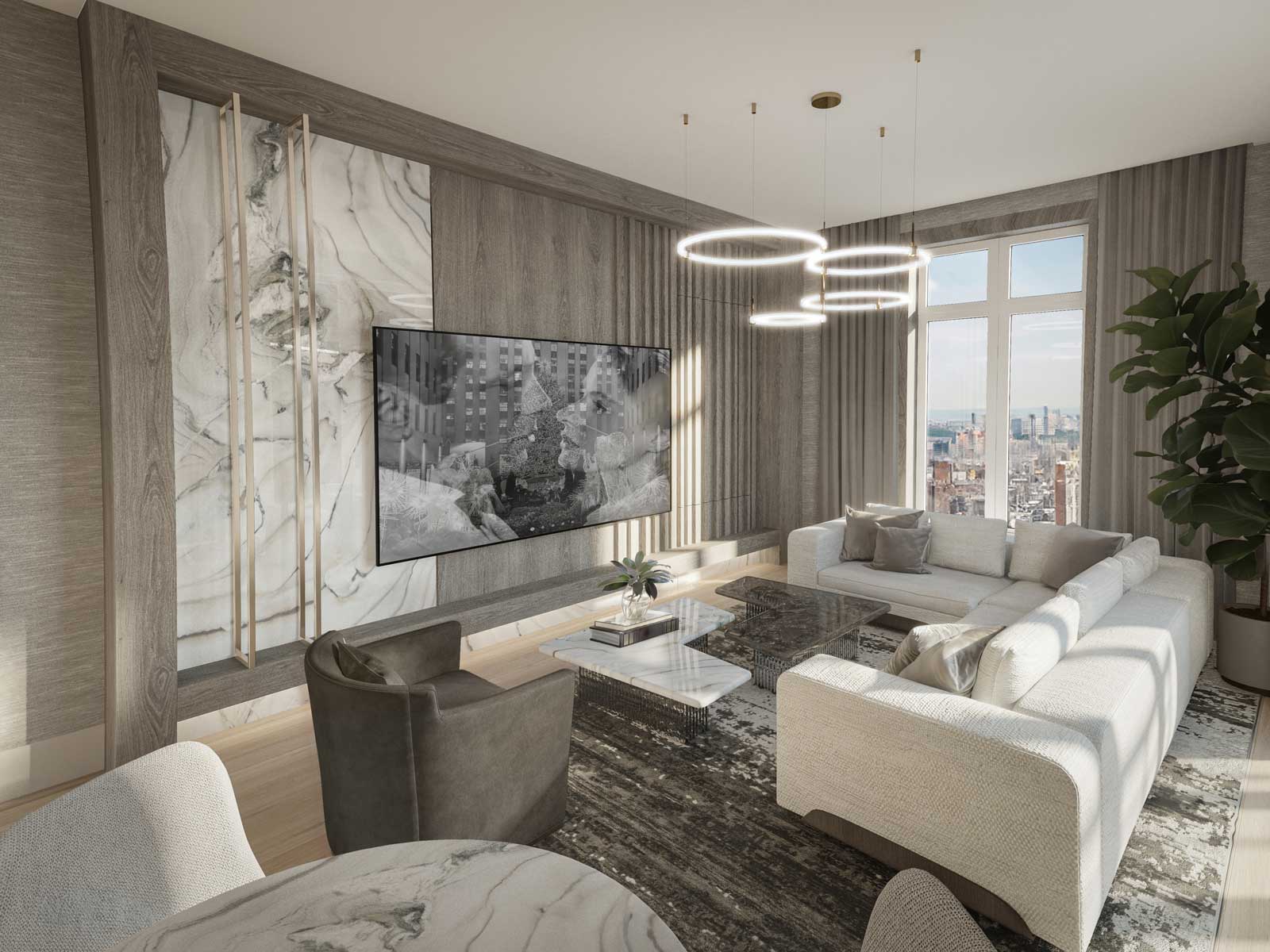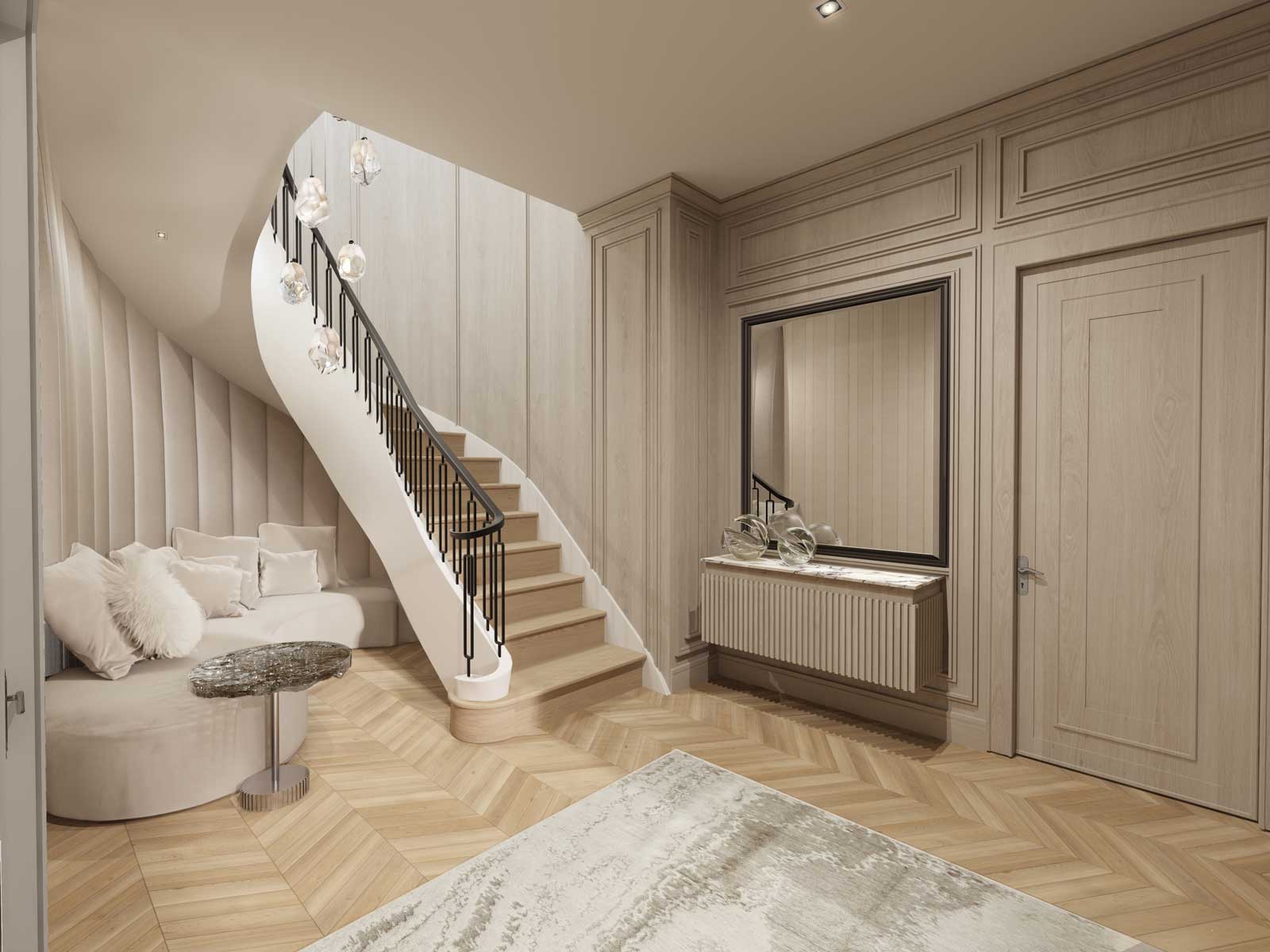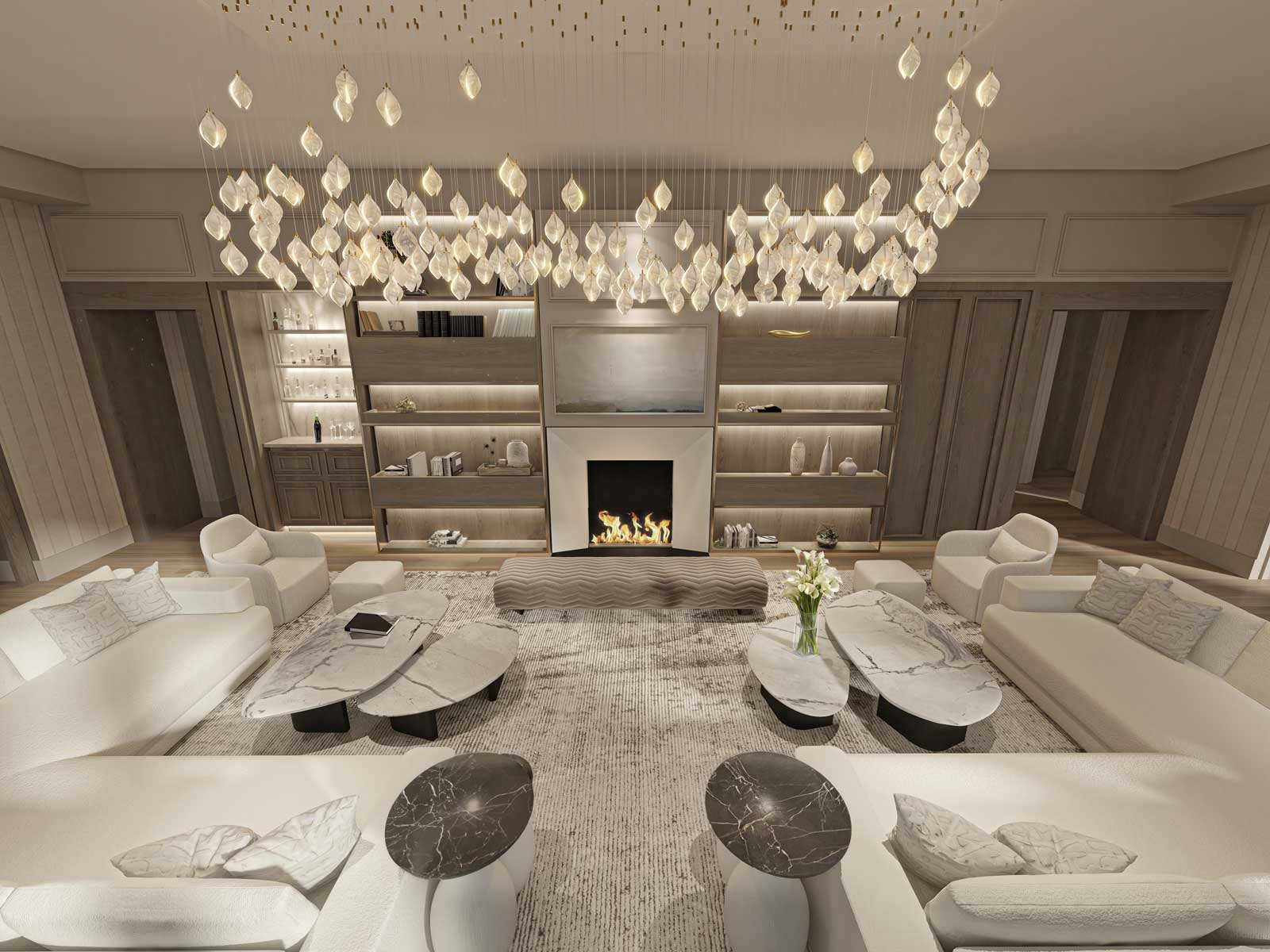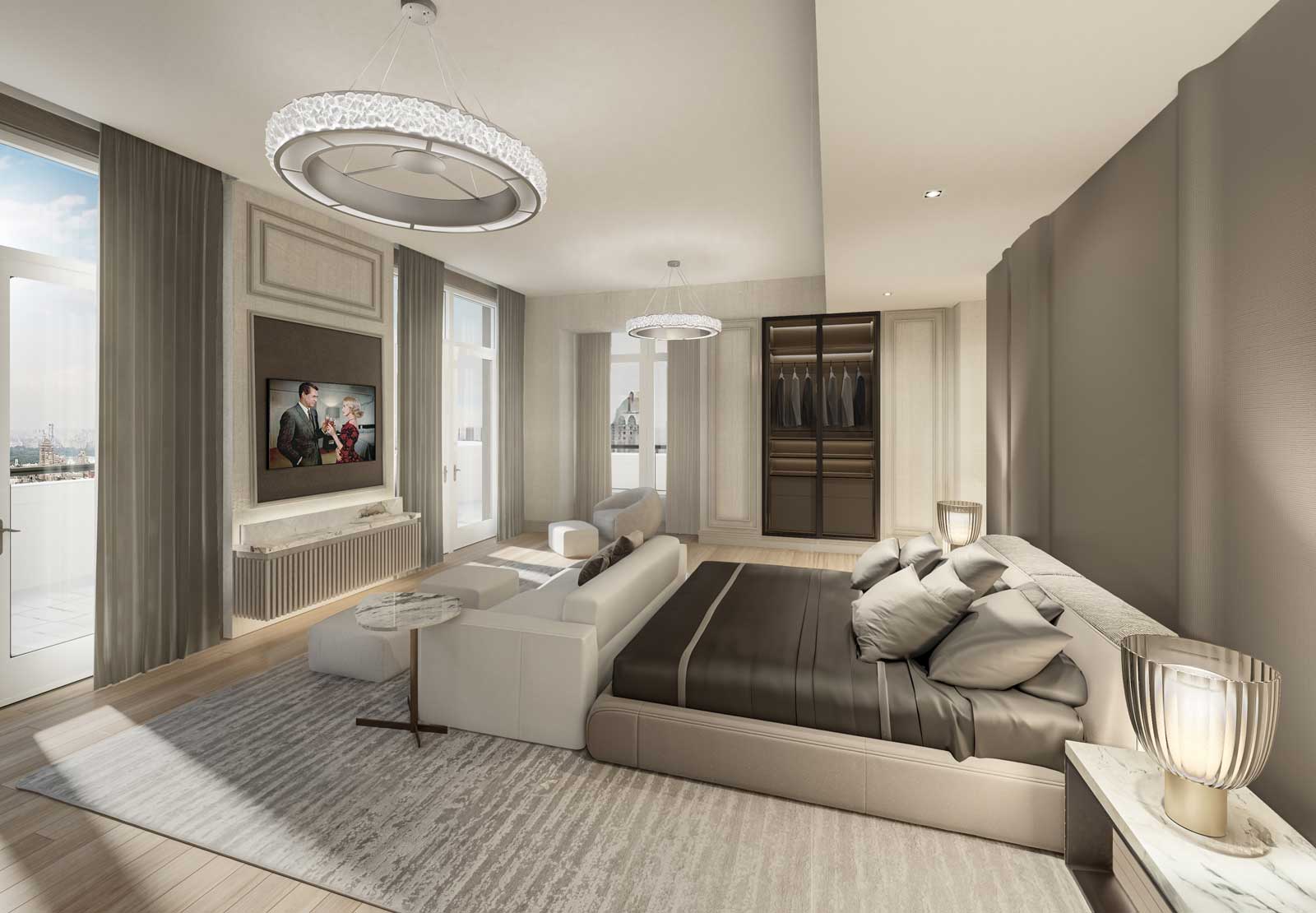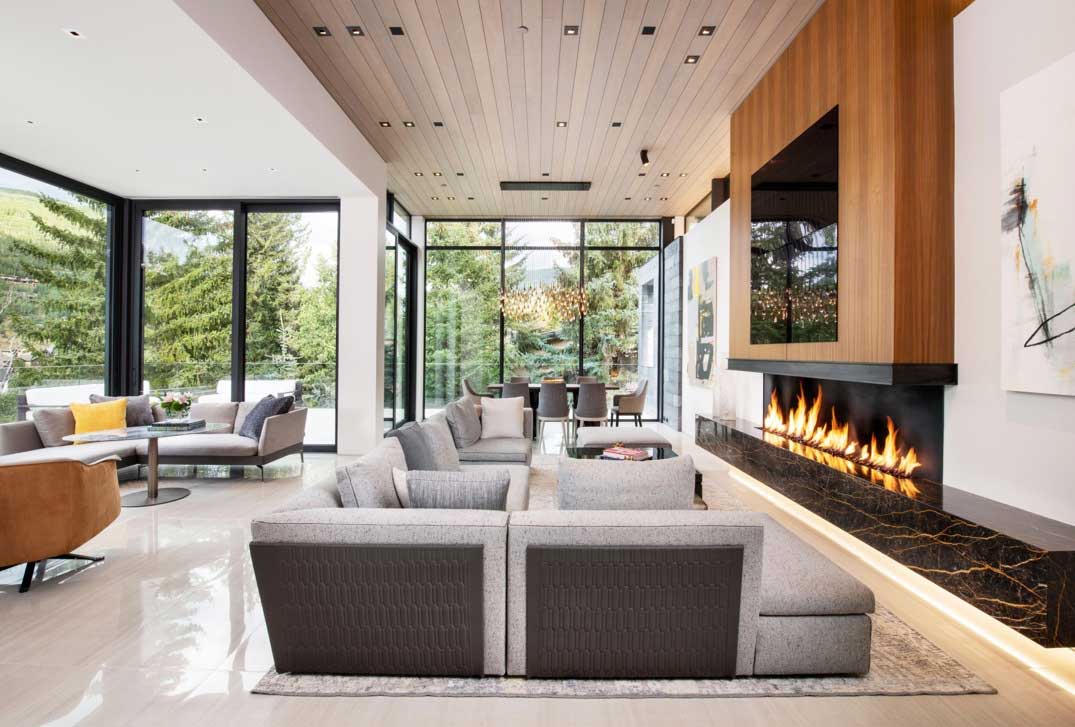
Photo by Ric Stovall Photography for Interiors by Steven G.
According to a recent study, over 70% of Americans plan to redecorate their home before the end of the year. While this can be a lot of fun, there’s no denying that it’s also a relatively stressful process. After all, the last thing you want after spending months redecorating is to hate the final result.
As such, whether you’re redecorating your entire home from top to bottom or focusing your energy on a single room, you must have a distinctive style in mind ahead of time. This will make it much easier to create the kind of space you are proud of – as you can ensure that you’re ticking all of the right boxes when choosing a color scheme, buying furniture, and more!
Furthermore, without a clear vision in mind, your property (or individual rooms) can quickly begin to look disjointed, cluttered, or otherwise chaotic. This is because they may feature non-complimentary furniture or colors, meaning they lack cohesivity.
In this article, we’ll explore some of the most popular interior design styles around – the kind that our skilled interior design firms work on a regular basis. This way, it will make it much easier for you to turn your interior design dreams into a reality!
What are the fundamentals of good interior design?
Before choosing an interior design style for your home, it’s crucial that you understand what is included in interior design – whether you’re taking a DIY approach to redecorating or hiring a local interior design company to do the hard work for you.
An interior design firm will usually offer some of the following services:
|
|
However, before they can embark upon these tasks, you should have a clear theme (or themes) in mind. After all, this will give all parties involved something solid to work with moving forward. Without this knowledge, they may find it hard to kickstart the redecorating process, making an already time-consuming process take longer than necessary!
What are the most popular interior design styles?
As with all trends, different styles of interior design move in and out of popularity. However, while some are momentary fads, others stand the test of time meaning they’ll continue to remain popular for years to come.
Some of the most popular styles of interior design include:
- Minimalist interior design
- Rustic interior design
- Contemporary interior design
- Transitional interior design
- Traditional interior design
Of course, the above list is by no means expansive, though these are the styles you’re most likely to come across time and time again – both within the homes of your friends and family and interior design magazines. This is because, while different aesthetically, they all share the same sense of timelessness. This means you’re unlikely to get bored with your interior design choices quickly, no matter which theme you choose.
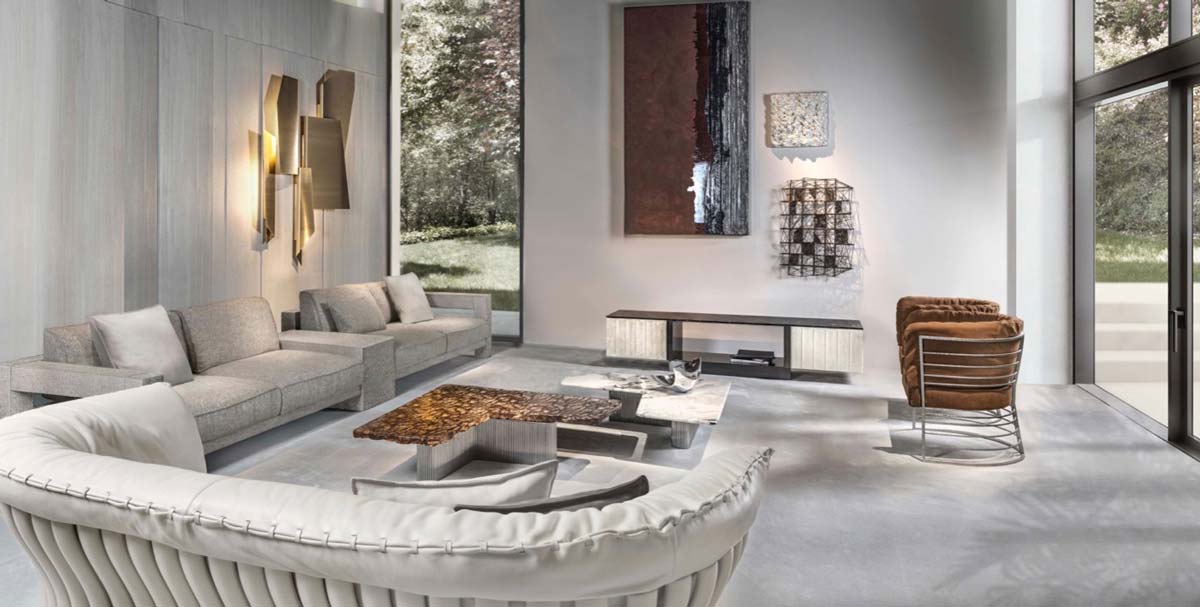
Photo for Interiors by Steven G.
Minimalistic interior design, as the name suggests, focuses on simplicity. Minimalist homes are sleek, stylish, and uncluttered – creating a space that feels effortlessly chic, clean, and welcoming. They are particularly well-suited to smaller homes or spaces, which can otherwise feel claustrophobic if there’s too much going on with furniture, color schemes, and other fixtures.
Many studies and reports have found that minimalism is currently the most popular interior design style among homeowners, likely because it’s easy to execute on a budget without losing that luxury feel! Often, simplicity is key when it comes to designing a space that looks and feels great.
Color Schemes: Minimalistic homes tend to develop similarly simplistic color palettes, focusing on shades that complement each other well. They tend to include white or cream shades paired with pastel colors, greys, or browns. If you were focusing on creating a calming atmosphere, you could use color psychology to choose the perfect color palette.
Lighting: Again, minimalist homes tend to have rather simplistic lighting designs – which are utilized to make spaces appear bright, clean, and welcoming. This is often achieved through a combination of floor lamps and overhead lighting designed to illuminate certain features within the home.
Furniture: When designing a minimalist home, emphasis is placed on both functionality and style. Every item featured serves a specific purpose, as opposed to a merely aesthetic one. The furniture is often sleek and simplistic in style, material, and color, and items are chosen based on how well they pair together. There’s no real “stand-out” piece selected, as the focus is on creating a space that feels harmonious and simple.
Styling: The finishing touches can make or break a home. Additional styling is, however, kept to a minimum within this interior design style for obvious reasons. For example, a minimalist living room may feature an impressive bookshelf, but each book may be carefully selected so that the colors featured within the spines complement the rest of the color scheme.
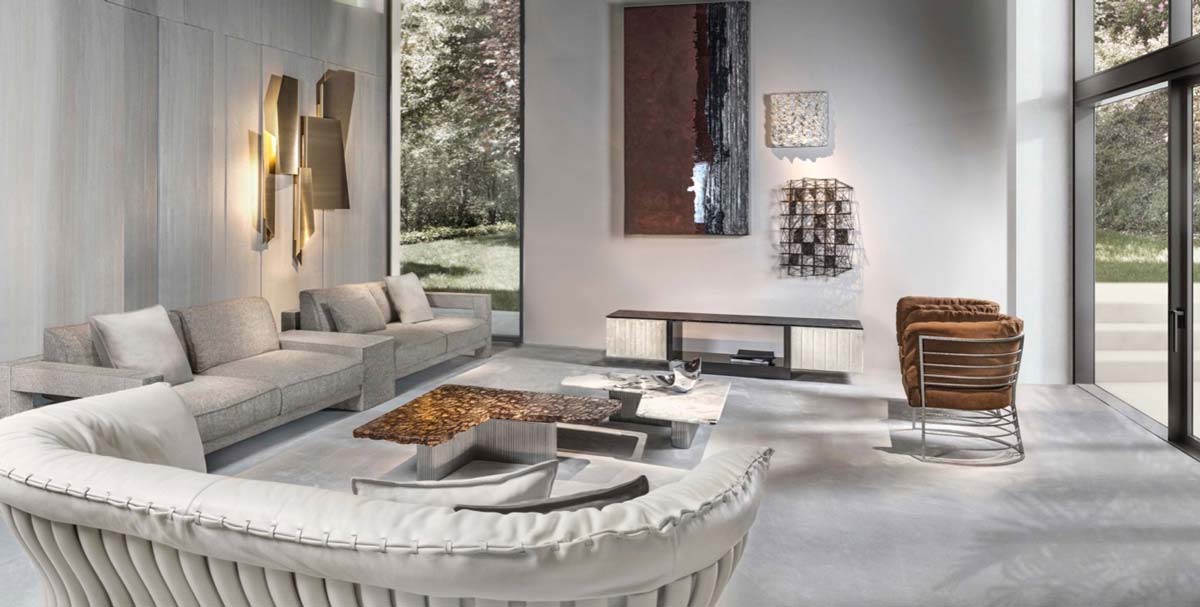
Photo by Grossman Photography for Interiors by Steven G.
Taking inspiration from nature, rustic interiors are a more traditional form of interior design. Rustic homes tend to feel warm, cozy, and welcoming and can sometimes feel as though you’ve been transported from the busy city into the wilderness.
Color Scheme: Earthy tones and shades, such as browns and oranges, feature heavily within rustic homes because many interior designers will take inspiration from nature when curating these spaces. However, it’s not uncommon to see a subtle use of blues and greens within these homes, too, often to accentuate certain design choices. Interior designers will also use a lot of natural wood and exposed brick.
Lighting: Lighting is used artfully within rustic interior design to create a warmer atmosphere. While lighting fixtures such as chandeliers and lanterns are used, many rustic homes also feature exposed bulbs. This helps to create a space that feels both simplistic and dignified.
Furniture: A lot of the furniture featured within rustic interior design is made from natural materials. For example, within a rustic kitchen design, you may see a number of wooden fixtures, including tables, chairs, shelves, and countertops. Other popular materials used include metals such as copper. Again, functionality plays a key role.
Styling: Many of the finishing touches within rustic homes are selected in order to make your home appear more welcoming. For example, in a rustic living room, throws, cushions, and blankets are applied in abundance to create visually exciting yet comfortable spaces.
Contemporary Interior Design Style Guide
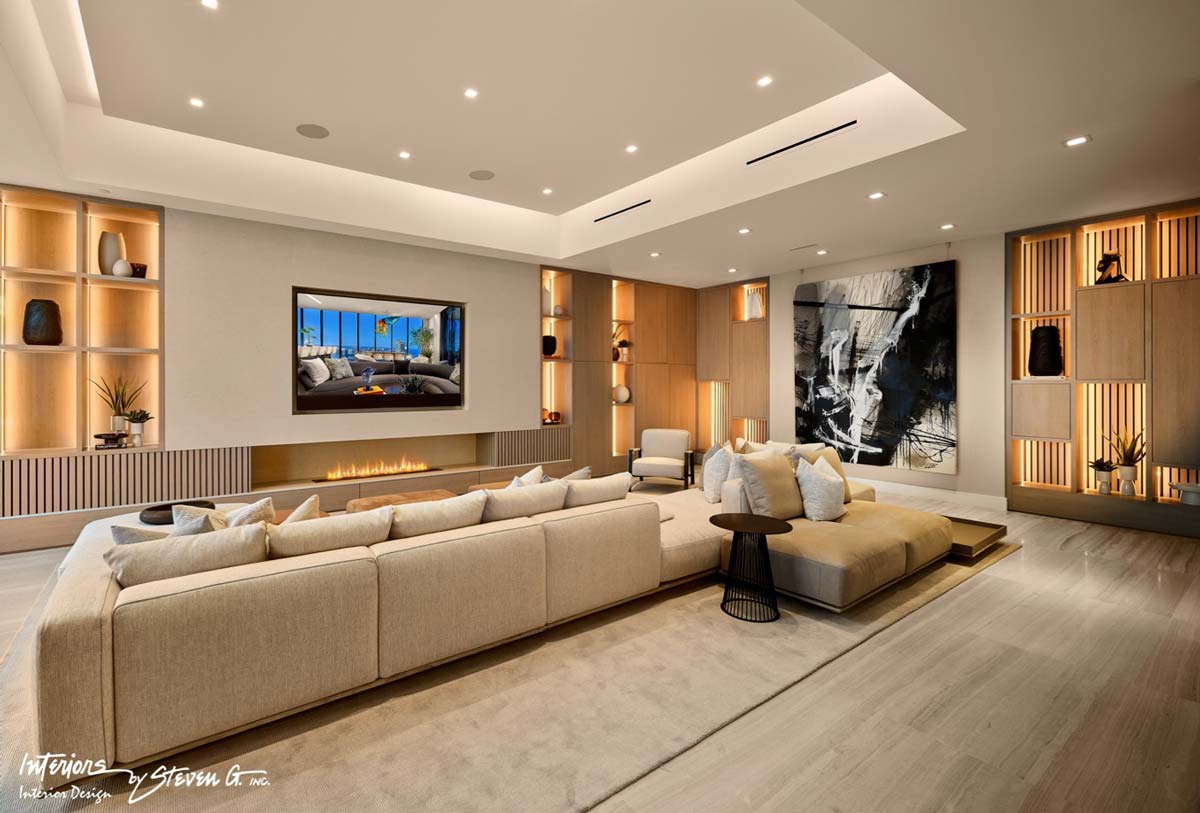
Photo by Grossman Photography for Interiors by Steven G.
Contemporary homes are built upon a minimalist design but often feature a series of modern twists, leaving them feeling fresh, current, and ahead of the curve. Contemporary interior design choices create spaces that are bright, spacious, and welcoming.
Color Scheme: As contemporary interiors are heavily inspired by minimalism, many will use neutral tones as their base throughout the home – such as whites, creams, and grays. However, they will then pair these with the odd pop of color, which adds a new dimension to this interior design style. For example, the color could be introduced in a contemporary kitchen through a piece of contemporary art, splash back tiles, or a rug.
Lighting: Much like with minimalist interior design, the use of lighting in contemporary homes is kept relatively simple. For example, white lights tend to be used to create clean lines, making the room appear brighter and more spacious than it actually is. They often tend to rely on the use of natural light, too – though spotlights can also be used to draw attention to specific design features. Once again, exposed bulbs are a popular choice here – a throwback to more traditional designs amongst the modernity of the rest of the design.
Furniture: Similar furniture is used within contemporary homes as within minimalist ones – though a greater array of materials, colors, and textures tend to be used. Furthermore, a contemporary room will likely feature a stand-out piece of furniture that draws the attention of whoever steps into the room – such as an interesting dining room table or art piece.
Styling: When it comes to styling, interior designers who are focusing on creating spaces with a temporary edge will work to keep unnecessary clutter to a minimum – but that does not mean that “finishing touches” are ignored entirely, only that they are more purposeful in selecting them. For example, mirrors are often hung in these spaces. Not only are they functional, but they also reflect light, which can once again make the room appear bigger, brighter, and cleaner.
Transitional Interior Design Style Guide
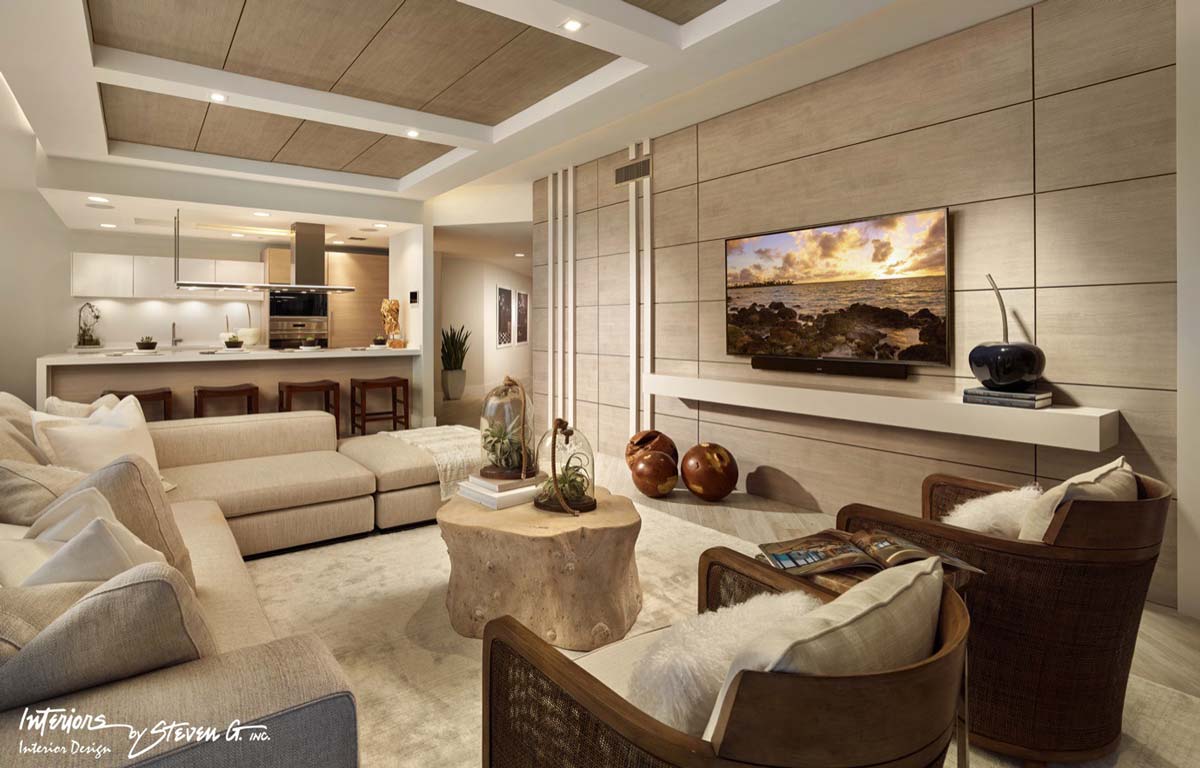
Photo by Grossman Photography for Interiors by Steven G.
Transitional interior design seamlessly merges the classic elegance of traditional style with the clean lines and simplicity of contemporary aesthetics. The result is a sophisticated and balanced living space that exudes timelessness. This style guide will walk you through the essential elements of transitional interior design, helping you create a harmonious and inviting home.
Color Scheme: In transitional design, the color palette serves as the foundation for the entire space. Opt for neutral tones with warm undertones, such as soft beiges, creamy whites, gentle taupes, and muted grays. These colors provide a serene and inviting backdrop that complements the blend of styles. As accents, introduce pops of color through carefully chosen accessories like throw pillows, artwork, and decorative items. Consider jewel tones and muted shades to add depth and interest to the space.
Lighting: Lighting serves both functional and aesthetic purposes in transitional interior design. Make a statement with elegant chandeliers, pendant lights, or fixtures that catch the eye. Balance this with the use of classic yet modern table lamps placed on side tables to provide ambient lighting. Additionally, prioritize natural light by allowing it to enter through large windows or glass doors, enhancing the overall sense of openness.
Furniture: The furniture in a transitional space is a key element that balances traditional and contemporary aesthetics. Embrace the use of mixed materials to add texture and visual intrigue. Combine wood, metal, glass, and upholstered pieces to create a dynamic composition. Opt for furniture with streamlined and clean silhouettes, avoiding overly ornate or intricate designs. The goal is to achieve a sense of comfort through refined elegance. Balance larger, substantial pieces with more delicate items to maintain harmony and proportion.
Styling: Accessories play a pivotal role in achieving the transitional look. Less is more in this style, so focus on quality and select items with intricate details or unique textures. Strike a balance between modern and traditional artwork to bridge the gap between the two design styles. Mirrors can be strategically placed to reflect natural light and create a sense of space while ensuring the frames align with the transitional aesthetic.
Traditional Interior Design
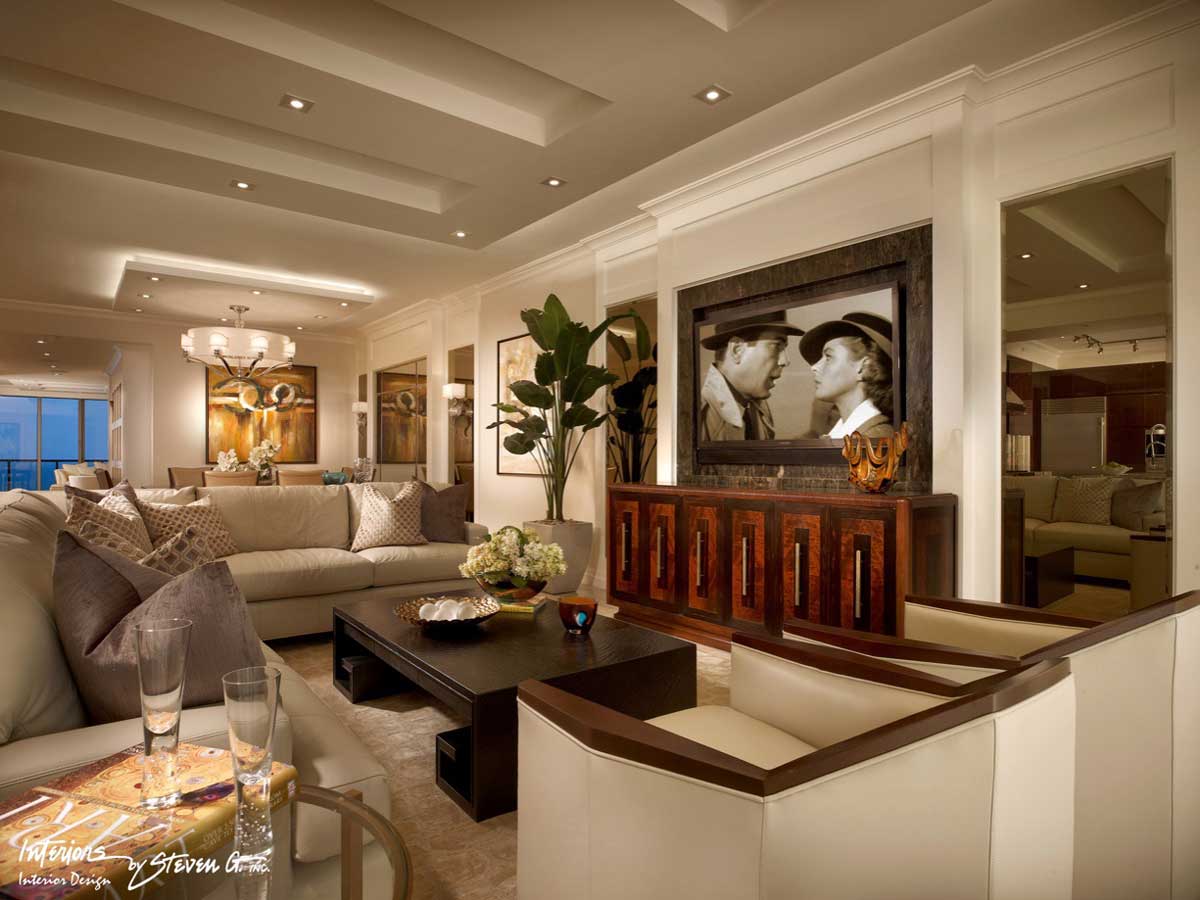
Photo by Grossman Photography for Interiors by Steven G.
Traditional kitchen design, as the name suggests, calls back to more traditional interior design choices, such as mono-chromatic features and color palettes. Despite its long history, this European-influenced interior design style is timeless, meaning that it won’t look outdated any time soon.
Color Scheme: The color scheme within traditional interior design spaces tends to be kept rather simplistic, often featuring a blend of bold monochromatic colors, such as black, bronze, or gold. This is often achieved through the inclusion of mixed metals in the spaces. However, this is sometimes offset by the inclusion of rich shades, such as reds, blues, and deep greens.
Lighting: As the color palette tends to be a little darker within the world of traditional interior designs, the lighting is used to ensure the spaces remain well-lit and welcoming. However, lighting fixtures often serve as interesting focal points themselves, especially if a chandelier is selected. This is also a simple yet effective way to bring a touch of luxury into your home.
Furniture: Wooden and metal furniture feature heavily within traditional homes, given that they were the original materials used when this style originated. This again means that practicality tends to be the focus when designing this kind of space – as most pieces within the room will serve a specific function. However, modern twists can be incorporated to liven up the space or introduce new textures and colors. For example, a traditional wooden chair can be taken to the next level through upholstery, cushions, or throws.
Styling: There are many different ways in which you can style a traditional property, depending on what specific period of history you’re calling back to within your other design choices. For example, if you were designing a farmhouse inspired kitchen, you could install a traditional farmhouse sink or use reclaimed wood to create interesting artwork.
How to introduce a new style into your home on a budget.
If you’re working to shake up your home interiors (or restyle them completely), you’ll be pleased to hear that such a venture can be achieved on a budget. To achieve this goal, you should:
- Have a clear idea in mind of which style you want to evoke within your home or, if desired, a blend of the above styles. Either way, the clearer your vision, the easier it will be to execute.
- Determine a budget for your project ahead of time, giving yourself a chance to save up some extra money if you need to. Remember, luxury is always something worth investing in, especially as it can improve your quality of living quite considerably. Moreover, you deserve to live in a home you feel proud of!
- Shop second-hand for specific items of furniture or home fixtures instead of buying them brand new. This can be a great way to remain within budget and is particularly beneficial for those going down the more traditional design route.
- Work with a reputable interior design company who not only understands your vision but knows exactly how to execute it. This means that they’ll be able to get the work done quickly and efficiently, which can save you a great deal of time and energy in the long run.
Need help finding your style? Get in touch today!
At Interiors by Steven G, we have years of experience in helping homeowners bring their vision for their dream home to life. As a result, we’re on hand to help every step of the way when it comes to executing your vision, even if you aren’t quite sure what it is yet!
For example, when collaborating on a project, we’ll begin the process by discussing your likes and dislikes at length. This way, we’ll be able to explore certain themes or styles that we believe will best meet your needs. Once a theme has been selected, we can begin the hard work of transforming your home!
We bring a touch of luxury into everything we do, which is another great way to enhance your property, whether you settle on a new, contemporary style or something more traditional.
If you’d like to find out more, please do not hesitate to get in touch today. We’d be happy to answer any questions you may have and look forward to hearing from you!





